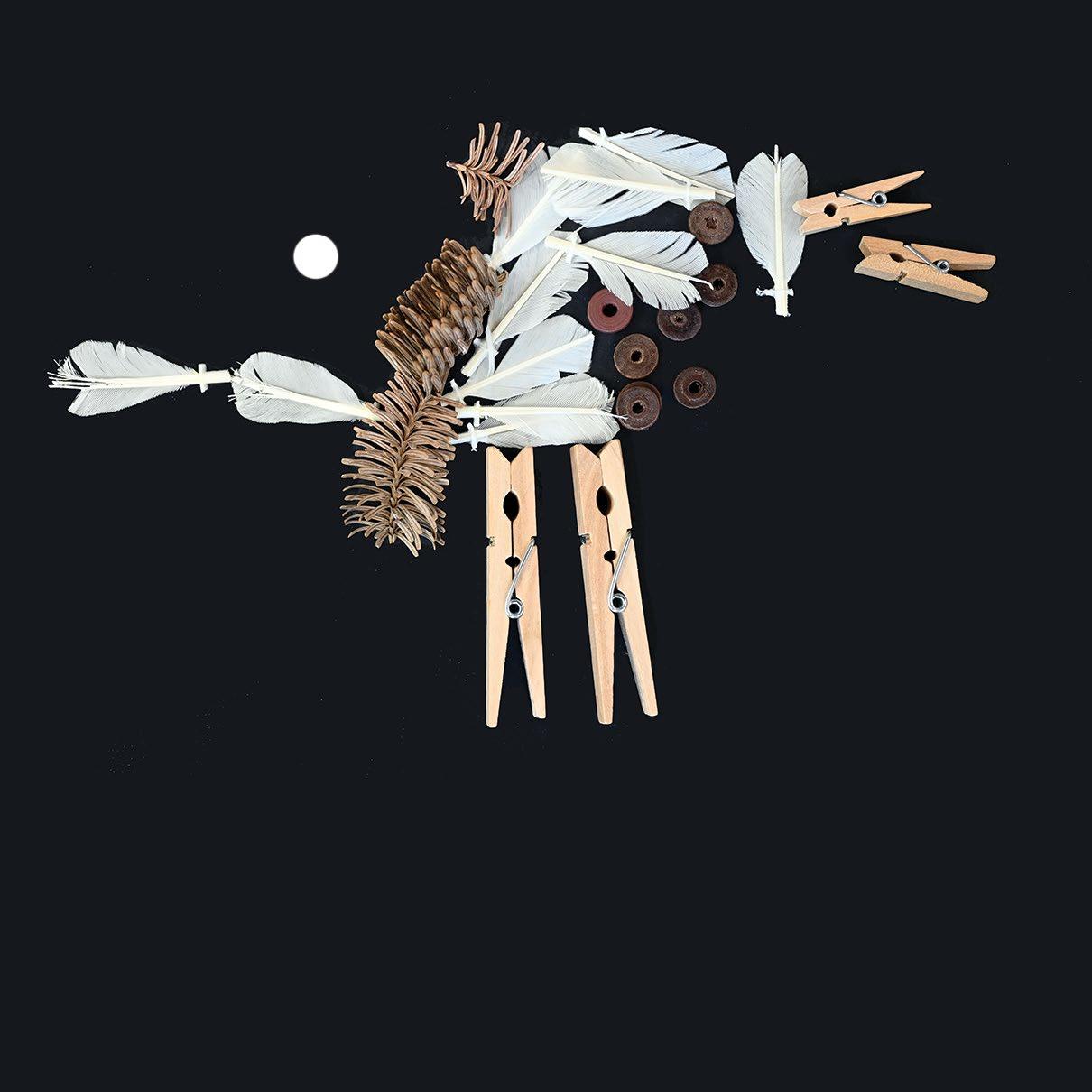


“We are and we need to be convinced of this - in an ecosystem... Our organism, our morality, our culture, our feelings are connected to the environment, to the universe, to the world. And therein lies the web of our life”
- Loris Malaguzzi




“We are and we need to be convinced of this - in an ecosystem... Our organism, our morality, our culture, our feelings are connected to the environment, to the universe, to the world. And therein lies the web of our life”
- Loris Malaguzzi
Dialogue with Place has taken our children, teachers, and school community on a wonderful learning journey of rich deep inquiry and collaboration. What did the teachers as well as the children feel important about ‘Place’?
This was the beginning of our project, and the question that ignited the different pathways classes took. Through observation, listening, being present and slowing down to enable ideas to grow, the children and teachers became researchers together, forming a profound bond with their place, unearthing its hidden treasures, and celebrating its rich stories.
I kept reflecting throughout this year’s project on Tūrangawaewae, one of the most well-known and powerful Māori concepts, tūranga (standing place), and waewae (feet). It is often translated as ‘a place to stand’. Tūrangawaewae are places where we feel especially empowered and connected. They are our foundation, our place in the world, our home. Our outer world and inner world:
During this journey, the children found their place to stand, metaphorically, nurturing a lifelong love for learning and a deep appreciation for the many places we can call home.
Dialogue with Place has not ended; I believe it will continue to evolve and grow with each child throughout their life.
Ms Penny Pedagogista
Our Frangipani community embarked on a meaningful learning journey in which we explored flight and motion, travelling from machines to nature. We noticed the similarities and differences between machines and nature, made comparisons, and formulated research questions: Are we all machines?
How does nature influence technology?
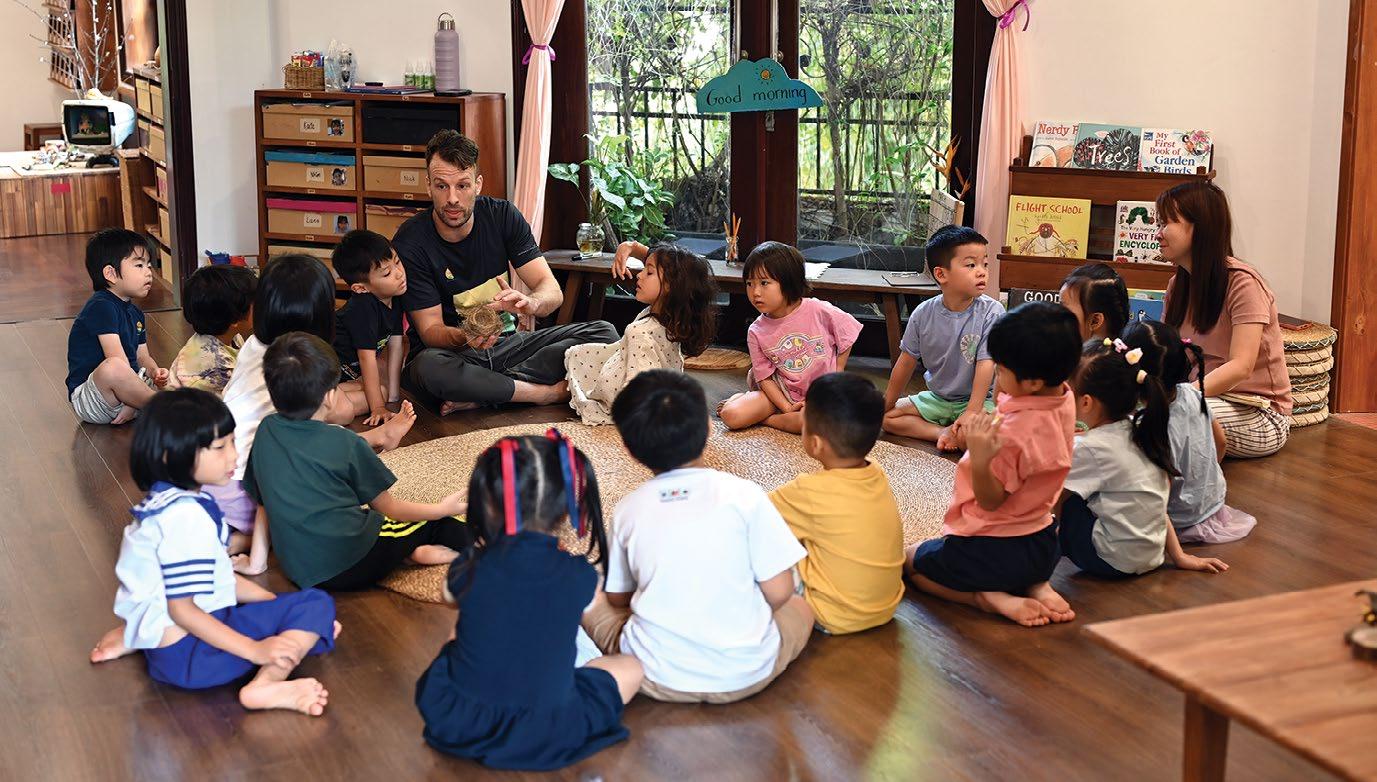
Our interest in flying began early on whilst investigating the moon during the moon festival celebration. We were very curious about the moon, but also, what else lies in space? We wondered; how did we humans get to space and land on the moon?

“We need a rocket!” exclaimed Harry.
This sparked our curiosity further and ignited the fuse the launched our journey.
We started to learn about, and discuss, rockets and space travel more in depth, sharing our ideas as we went.
“Aliens have rocket ships.” - Nick
“It’s a spaceship.” - Ayaki
“With a big tail.” - Nara
“Yes, we count like this, 5..4...3…2…1.” - Harry
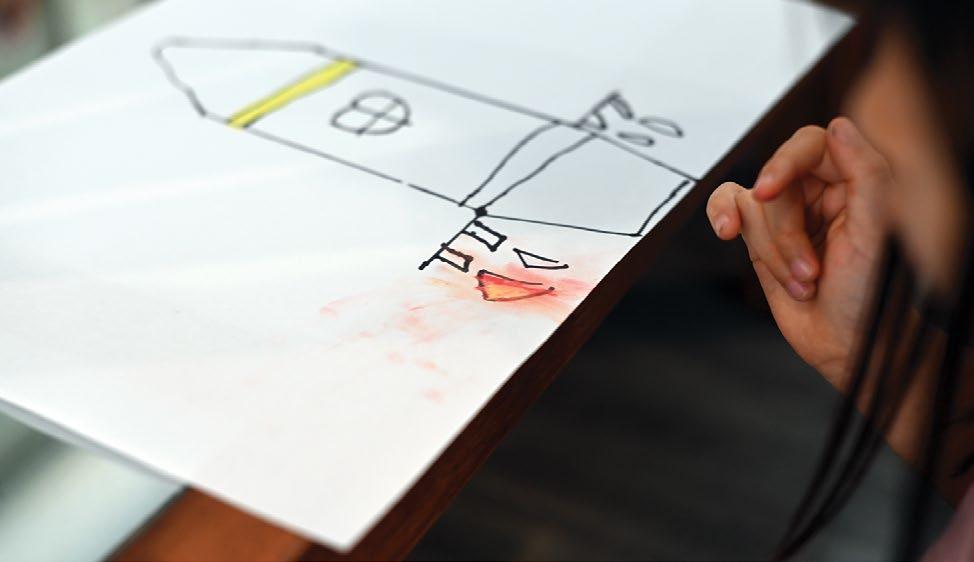
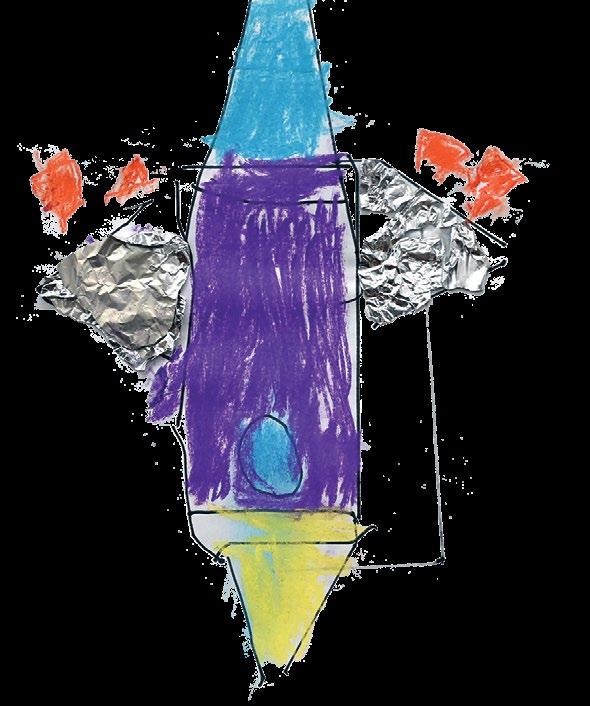
We were all fascinated by the power of rockets and the ability to launch from the Earth into the atmosphere, giving people the chance to see our world from a new perspective for the first time in human history. The human races’ dialogue with place – seeing our blue planet floating in the vastness of space.


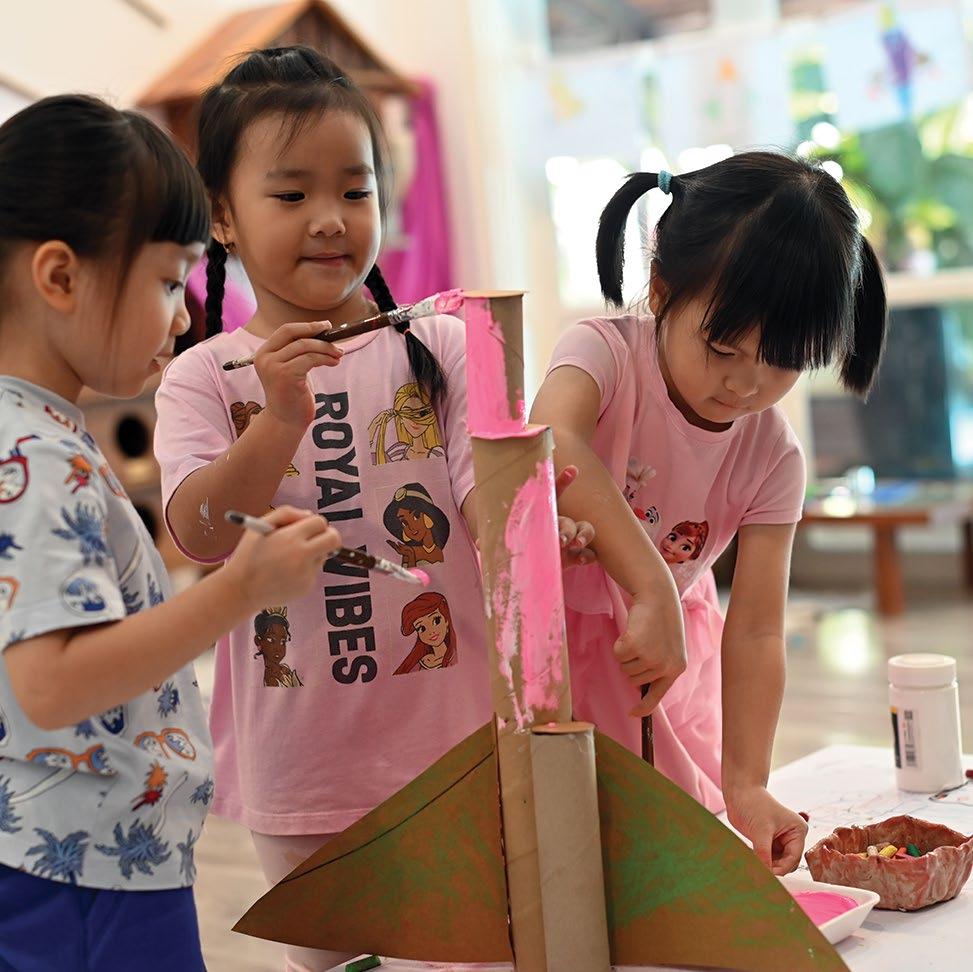
We followed our interest and started to look at other ways people moved around the Earth. We started with land transportation and then we took to the air. We investigated various modes of transportation and the different uses and adaptations they have. We began with researching, reading books and sharing our knowledge with one another.


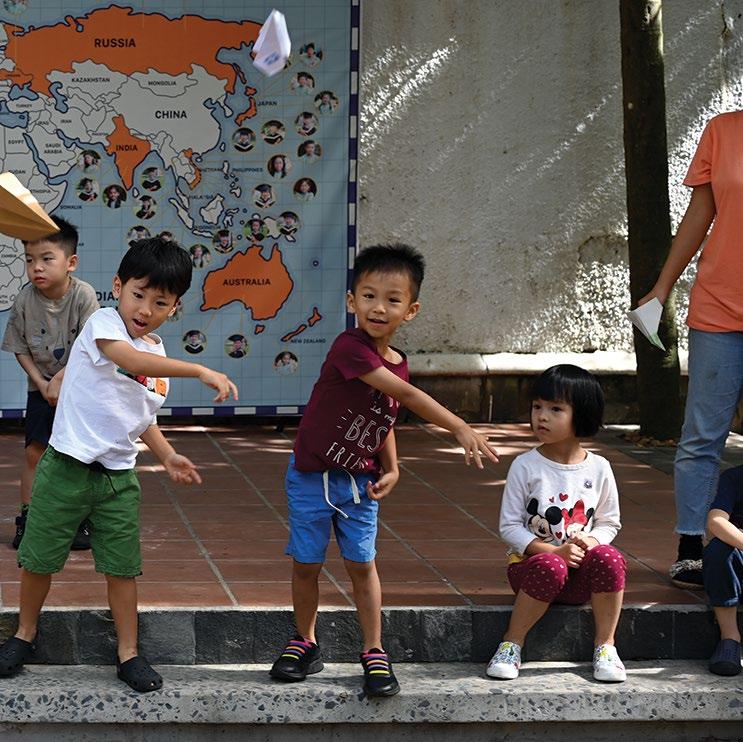
“Jeep is an off-road car, it can over anything.” - Nick
“Tank have gun, car don’t.” - Ryo
“Tanks have slow wheels.” - Harry
“Airplanes have wheels like a car.” - Hieu Van
“Helicopters have a big fan and a wheel too.” - Nick
“We use airplanes to go on holiday. And the airplane very big.” - Kaleb

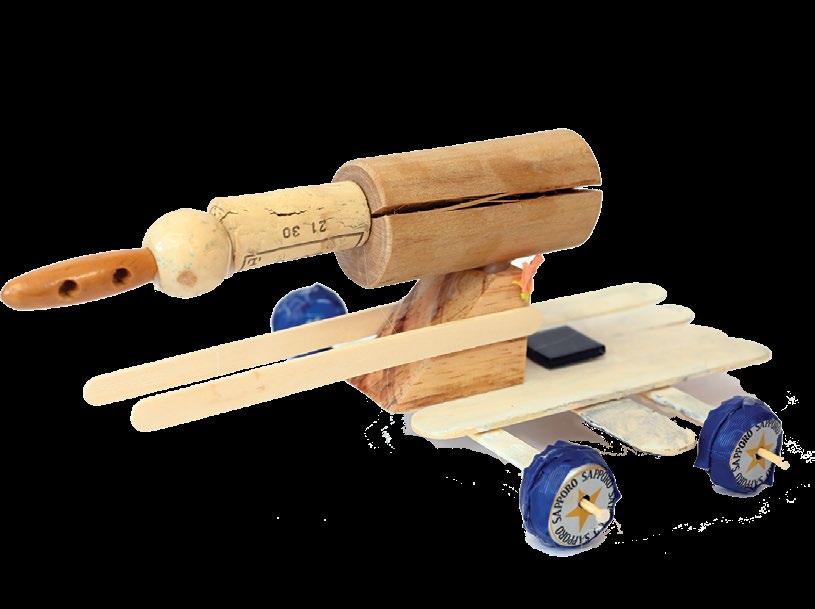
We explored motion from below to above using the language of loose parts and construction, using a multitude of materials thereby offering the children endless opportunities to let their imaginations take flight. We blended elements of all kinds of transportation we had explored and created truly special pieces of art.

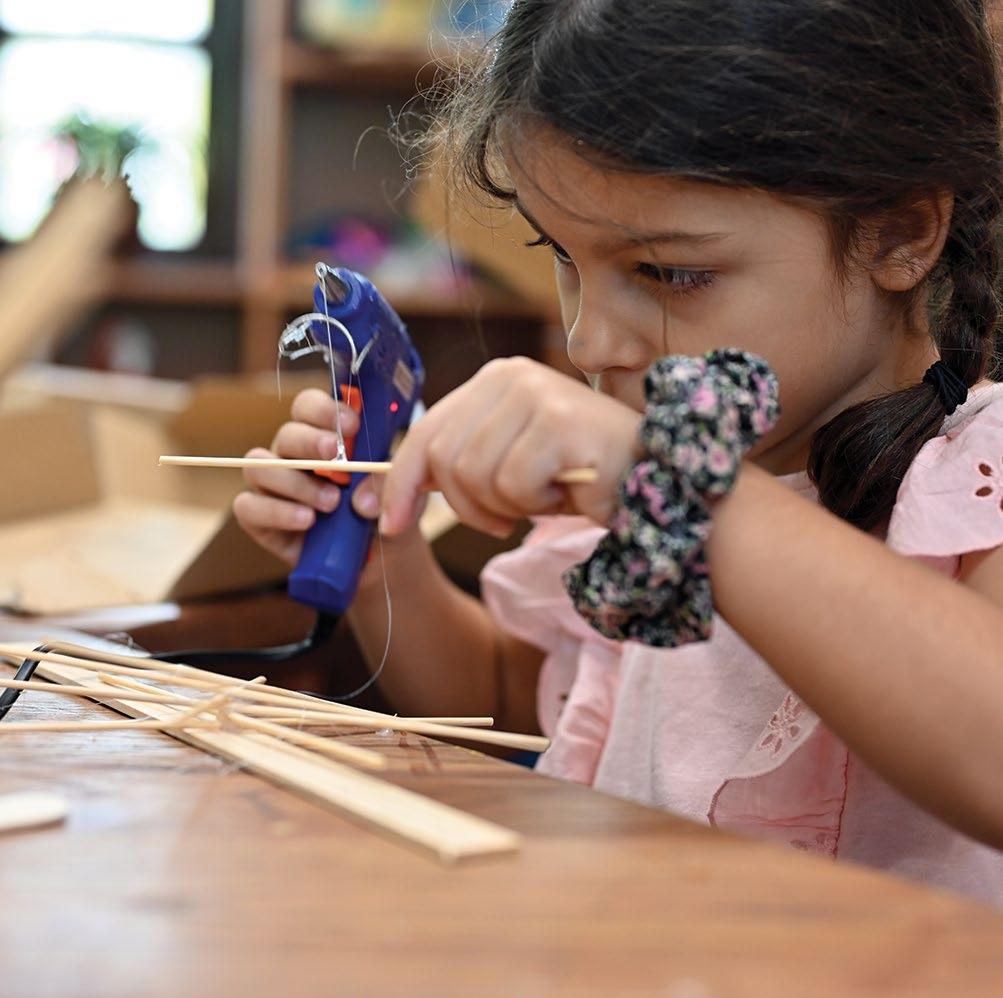
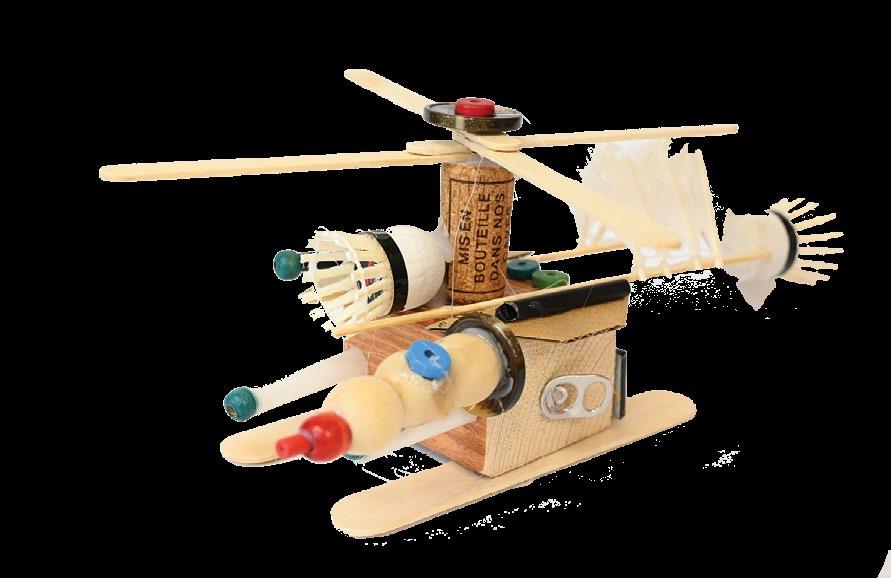



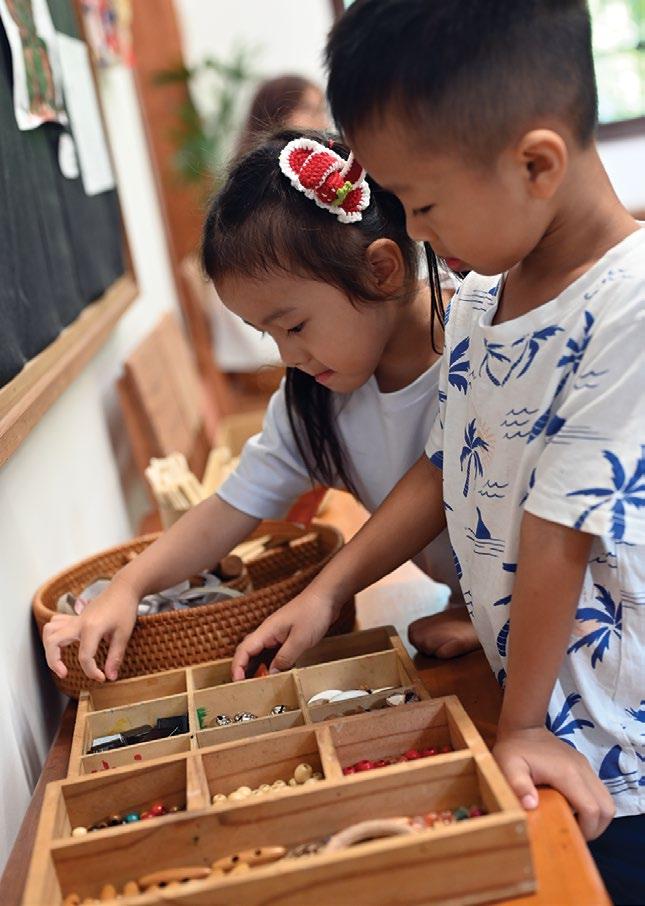
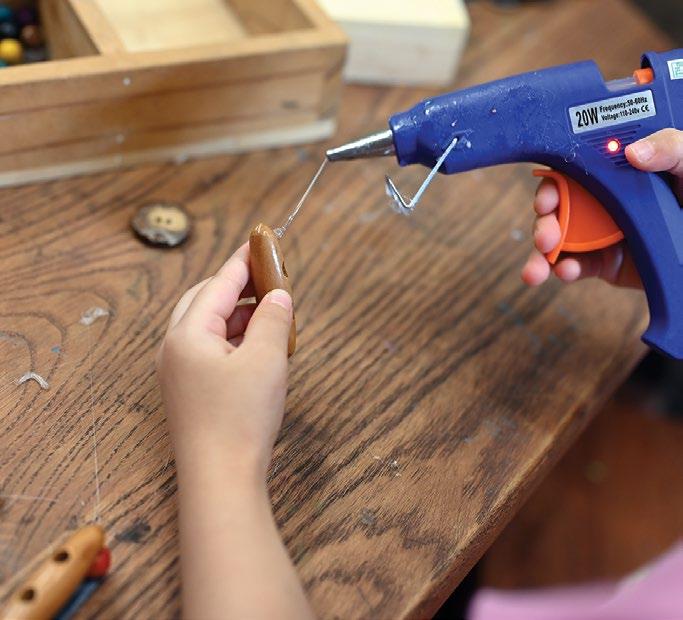

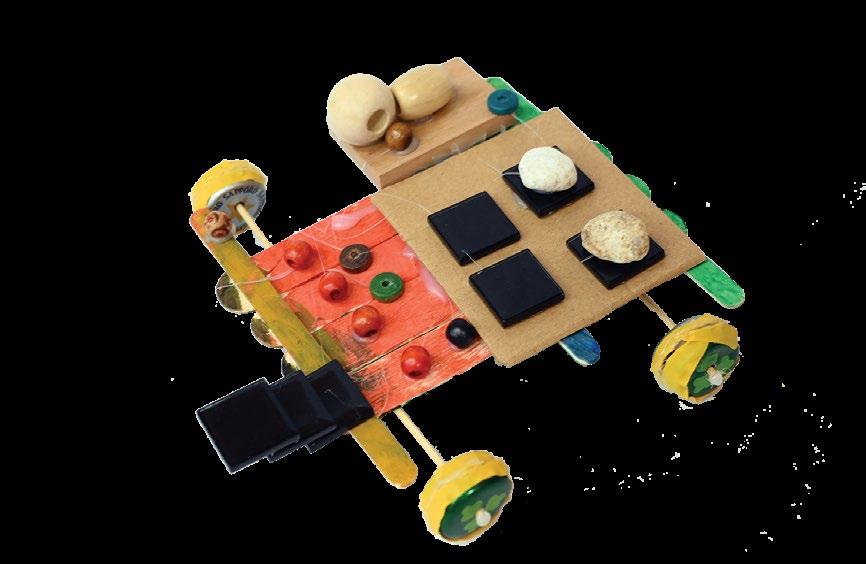

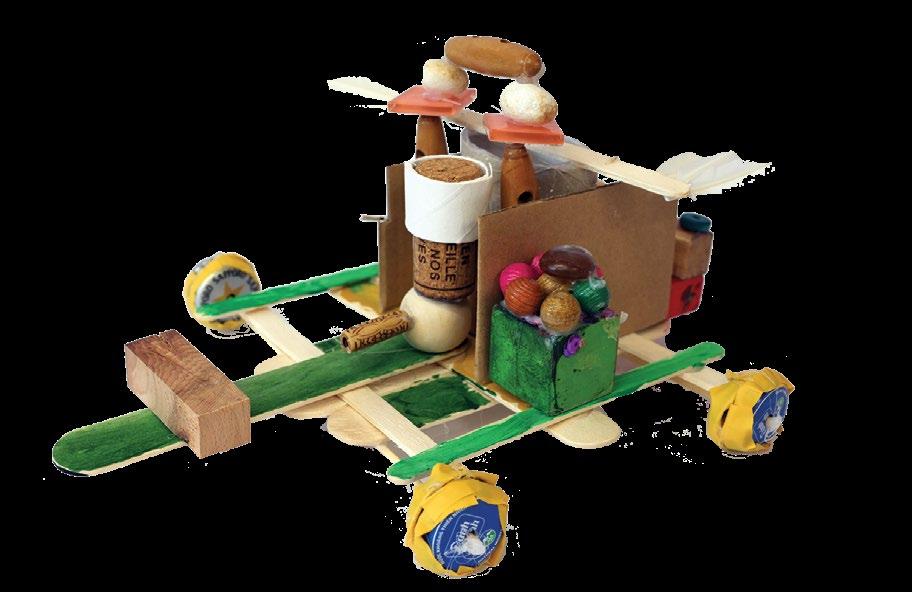
In the midst of all the construction, we wondered, where did all the pieces of wood come from? You knew that wood came from trees, but where did all these pieces of cut wood come from? We decided to take you to visit the school carpenters to see how hard they all work to make our school the beautiful space it is, and to see how we reuse the left-over pieces of wood to create our own magical art inside our classroom.
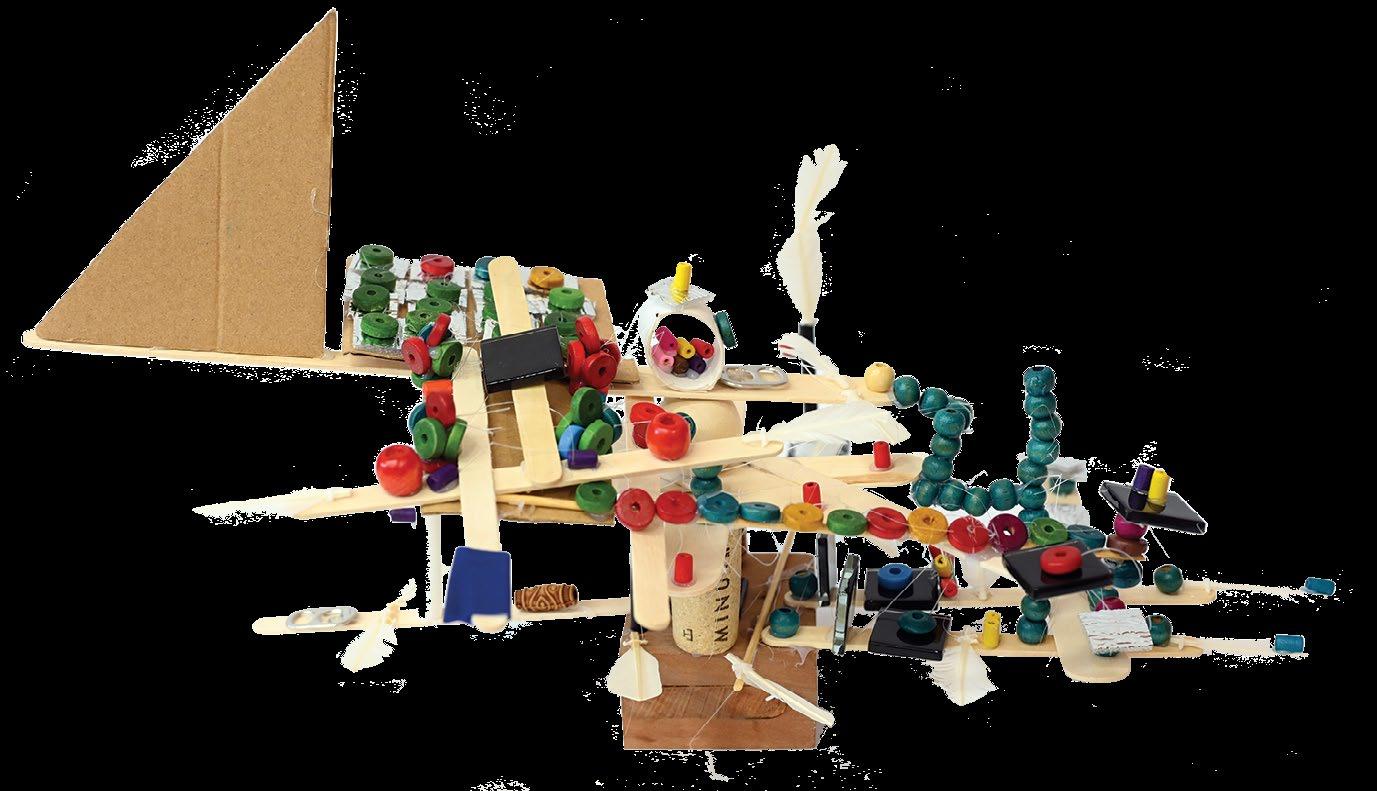




We got some exciting news that we would be moving to new a new classroom. This was an opportunity for us to change and adapt to a new space. You all took on the responsibility of cleaning out our old space and working together to move all our materials and furniture. We moved from downstairs to upstairs, in a different villa, giving you all a big shift in perspective as we now had beautiful big windows surrounded by tress which we could observe each day. This shift contributed to our interest in nature as we were now surrounded by its beauty.
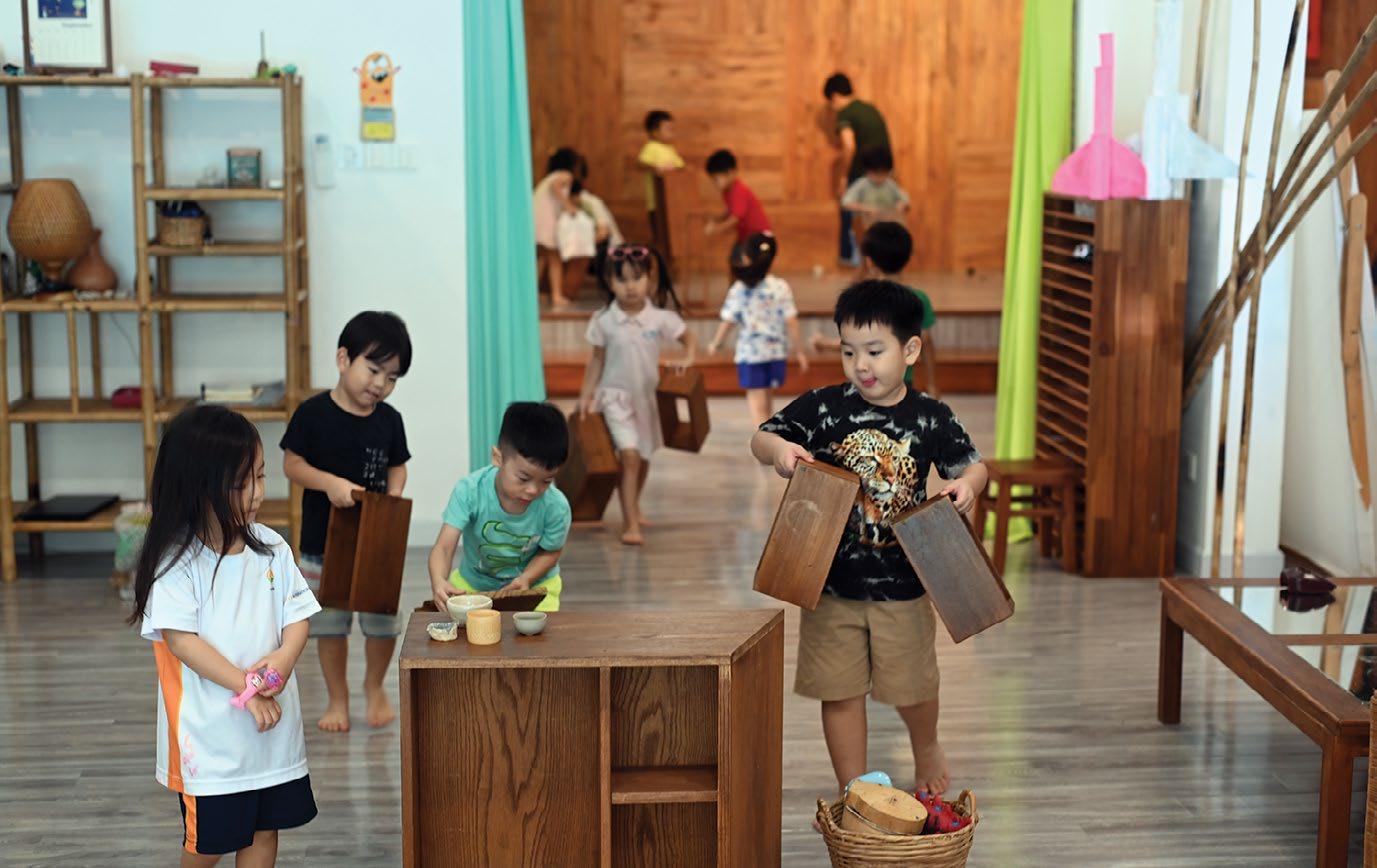

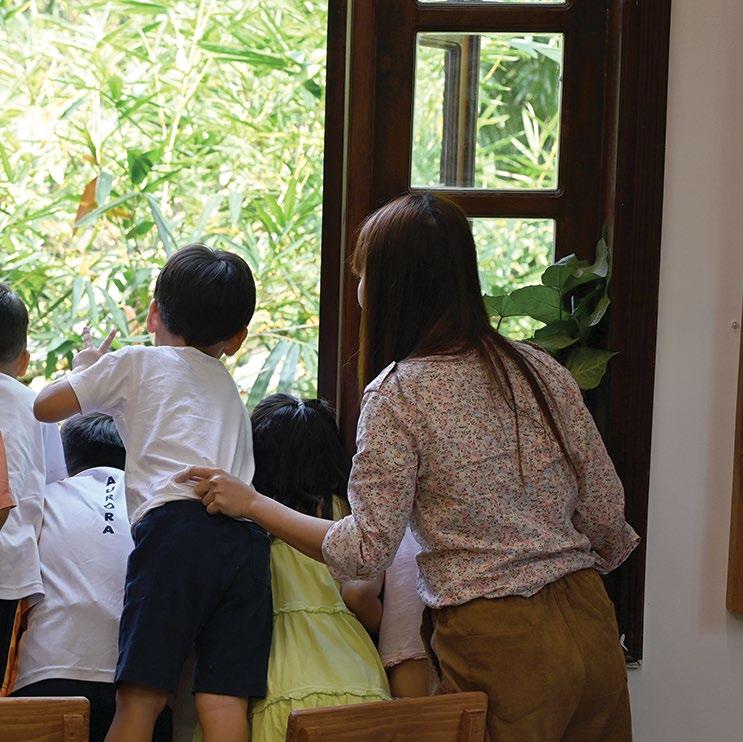
The next step in our journey was to look at what else in our world took to the skies. The answer reached was birds. It started through a book in which we encountered an eagle.
“That is an eagle! I really like eagles and the Harris hawk because they can fly so fast in the sky.” - Nick


Nhim
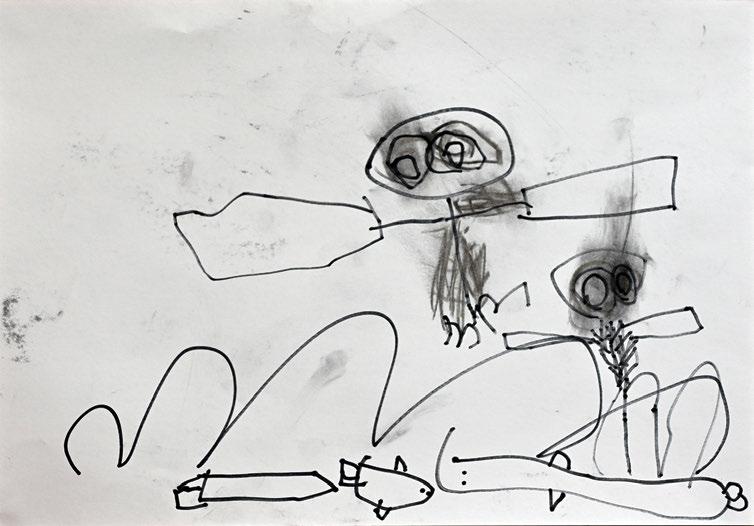
This sparked the next deep investigation into many species of birds. We looked at how birds were similar, yet different too. Just like vehicles, we discovered that certain birds were perfectly adapted for their environments. We learnt how different species communicate with one another in different ways, using unique sounds, just like us.
We first investigated how Owls are designed to be nocturnal and active during the nighttime. We noticed how their big eyes meant they were able to see in the darkness and we all knew their signature hoot call.
“It fly like airplane.” - Ayaki
“I see it in the forest, it looks angry.” - Tho
“The owl can catch the mouse.” - Nara
“It sounds like a dog.” - Yara
“It sleeps in the morning and it can see at night. At night some animals sleep, so easy for Owl to catch it.” - Nick


We researched birds that there are fishing specialists, the Fish Eagle and the Kingfisher. We noticed that although they both caught fish, they were designed to do so in different ways. The Fish eagle would use their large talons to scoop up big fish, while the Kingfisher would use their small yet streamlined beaks to dart into the water and catch smaller fish.
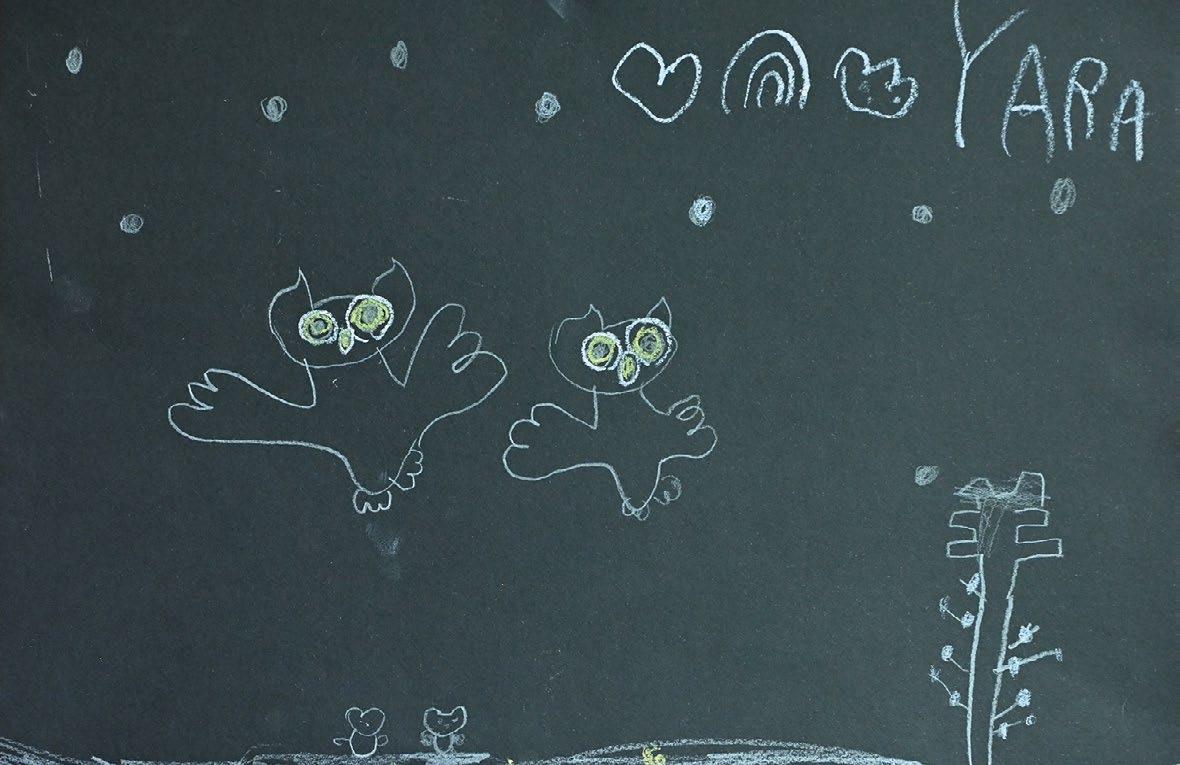
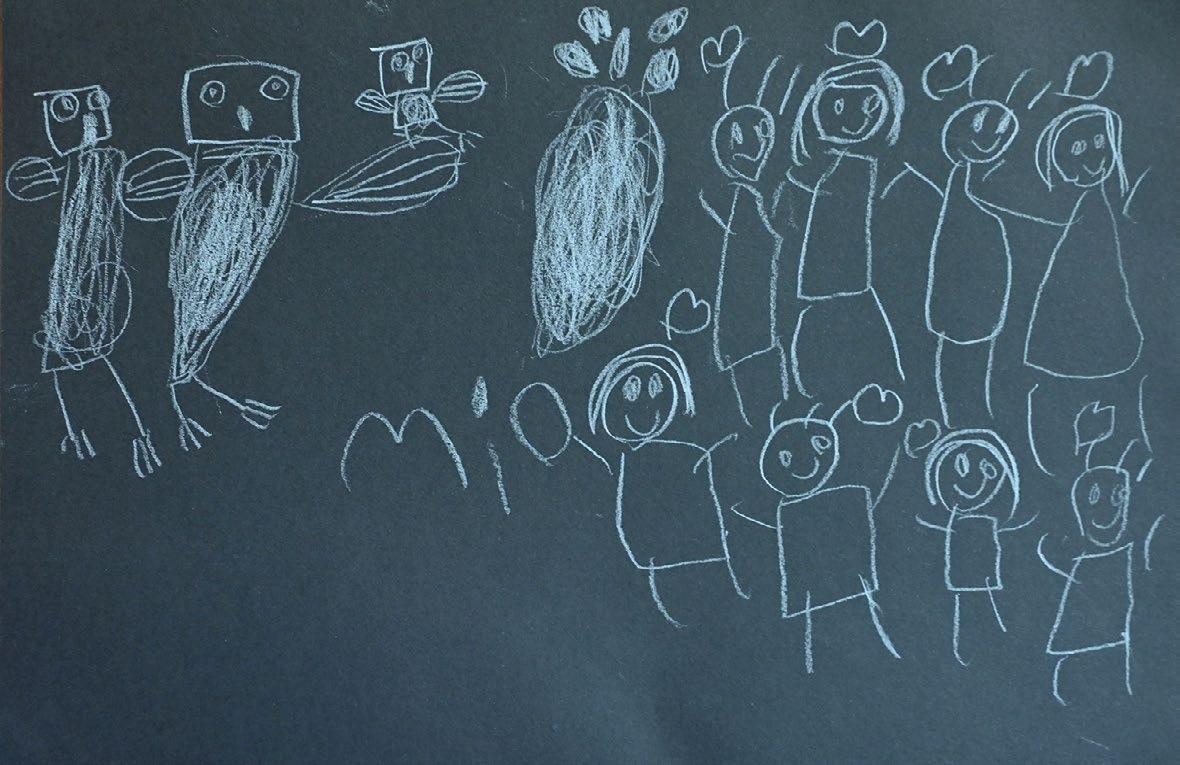
“This one catch big fish, and that one catch small fish, because it has longer wings than that one.” - Minh
“This bird so fast it can catch the fish.” - Yara
“The mouth is small, and longer.” - Nara
“It looks like an arrow going down.” - Lana
“Birds have wings, they have beak, they don’t have hair they have feathers.” - Yara

“Red bird looking at the rain and clouds. The big tree has berries” - Kaleb
We looked at how there were many variations of the same species of birds and they looked different depending on where in the world they came from. We were able to conclude that this is the same for people too.
“I and Minh look the same because we are from Viet Nam,” observed Nick.
Being able to link what we have learnt to other parts of our world reflects the authentic learning that took place. Our children started to make all sorts of connections beyond the world of birds and flight.



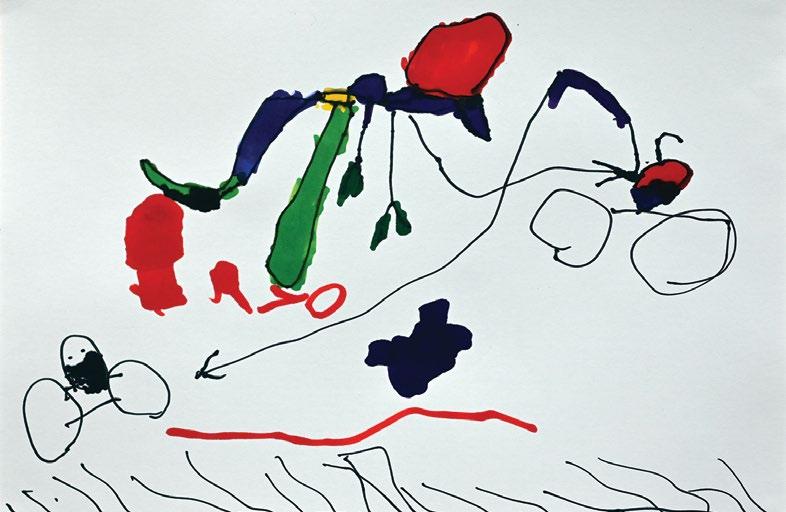
Finally, we explored the beautifully coloured and fancifully feathered Birds of Paradise. Their striking looks and alternative communication style immediately grabbed your attention. We look at how they used the language of song and dance to socialize with one another. It was fascinating to hear your reflections and interpretations of these birds.
"It’s same like the way we communicate." - Hieu Van "Yes, communicate to other birds so others can know us. Birds have other languages." - Nick
"One bird find food for other so they can be friend." - Yara
"He clean up... I'm done I'm done! Come to my house!" - Minh
“They have many special colours.” - Nick

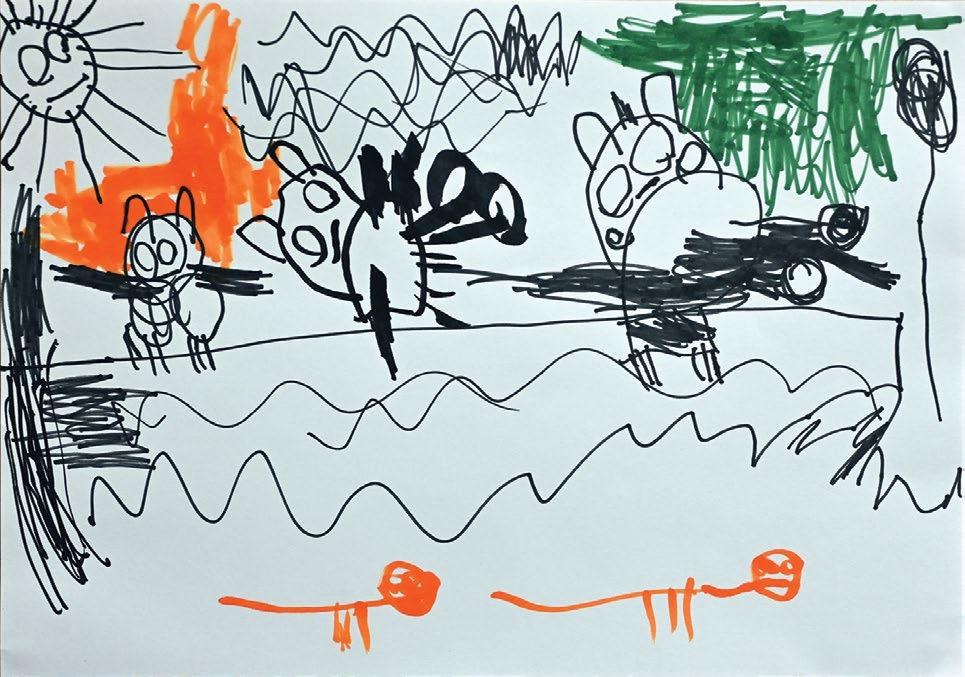
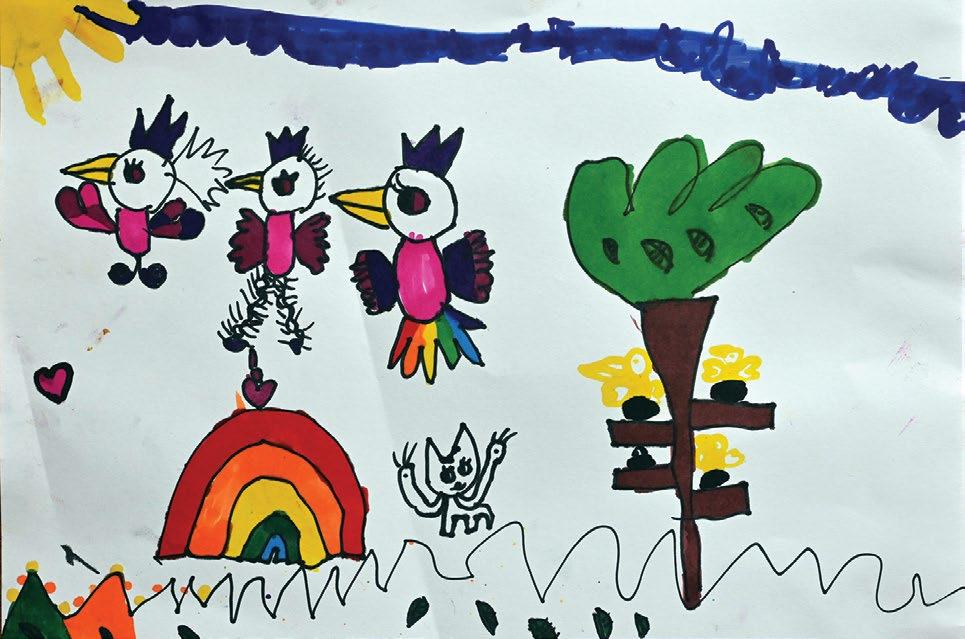



We then revisited sculpture and construction and begun our journey into creating our own micro ecosystem. Again, using a multitude of materials and loose parts, we built our worlds up in layers, taking our time to think and discuss each phase of our project. We started by creating birds, then we asked, where do birds live?

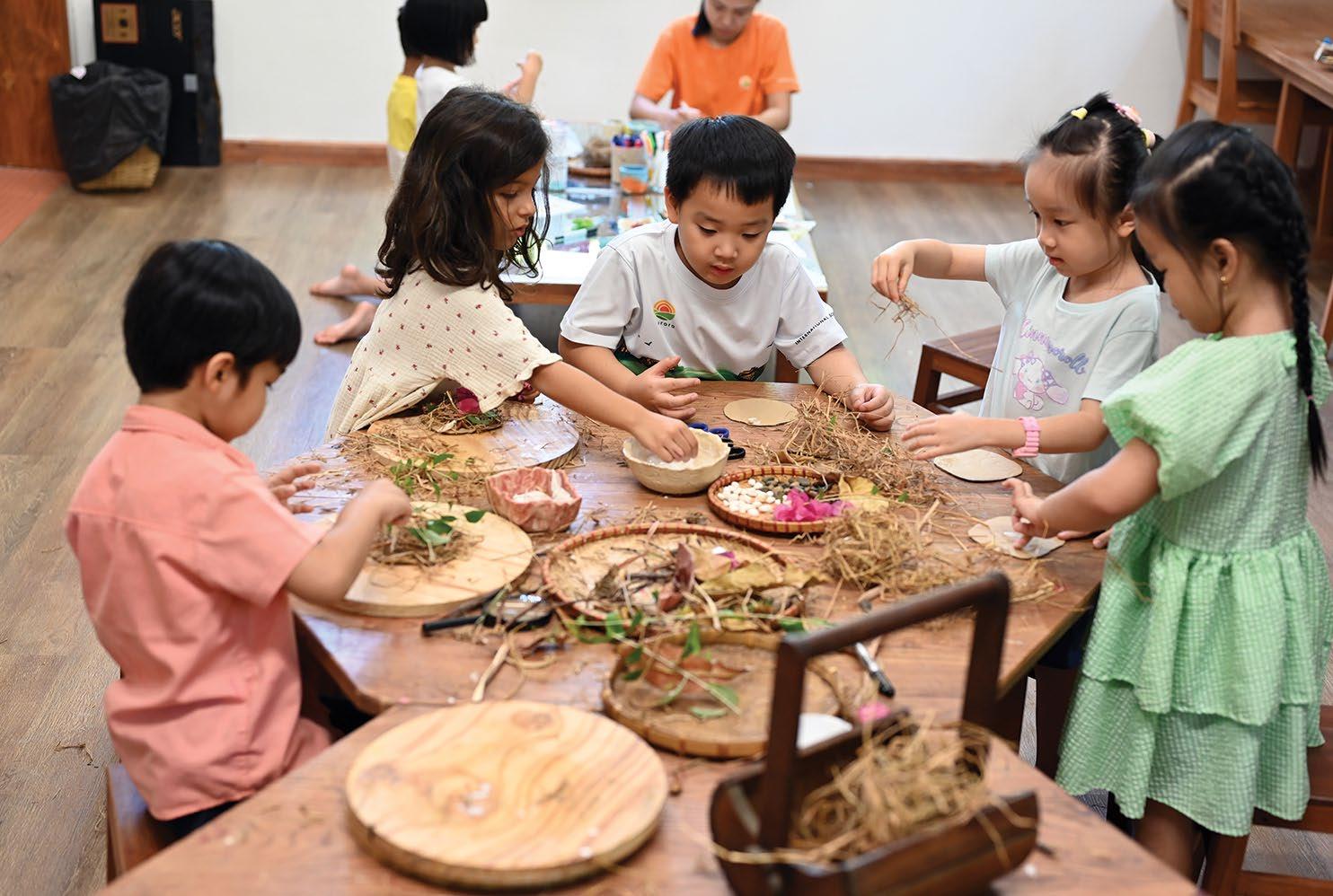
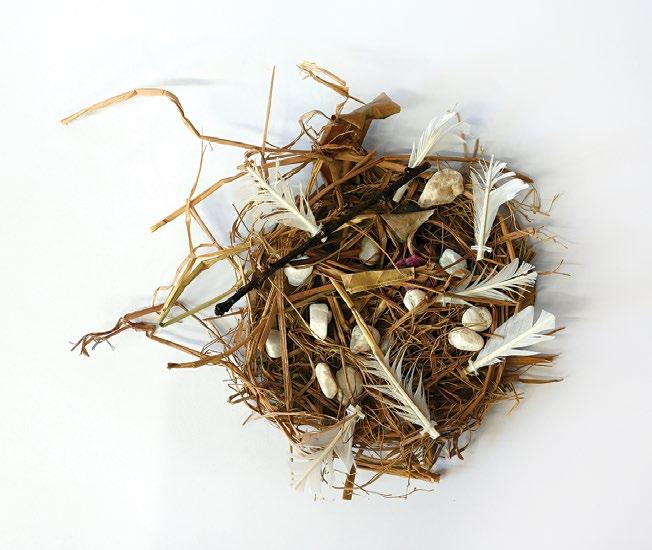
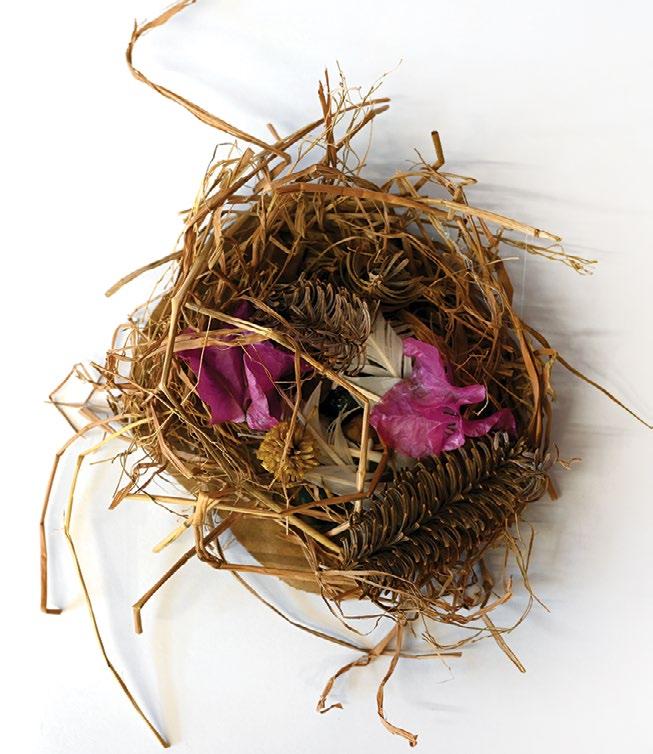
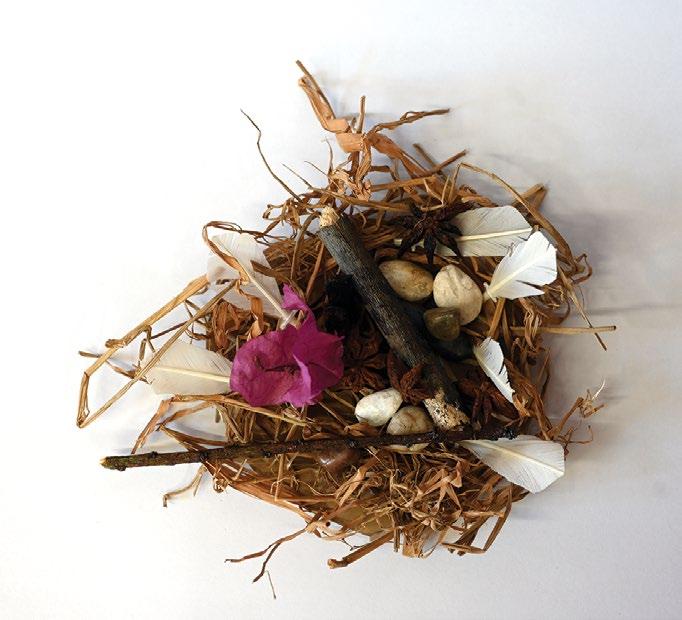




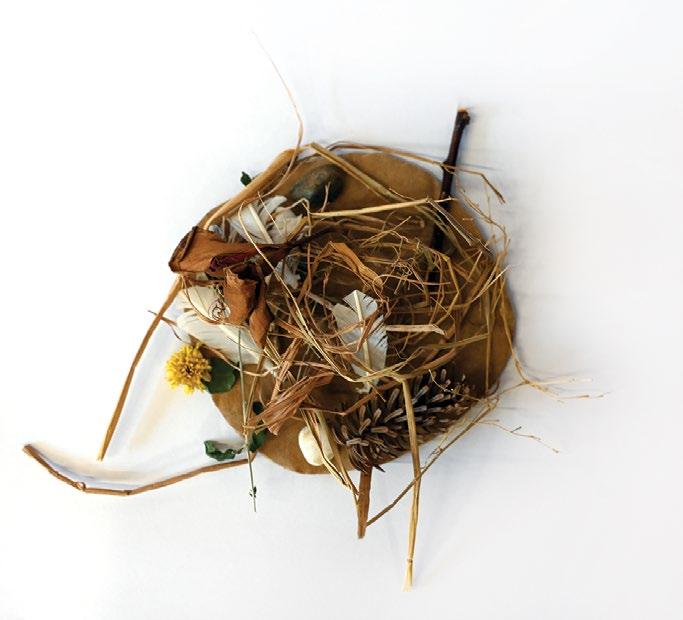
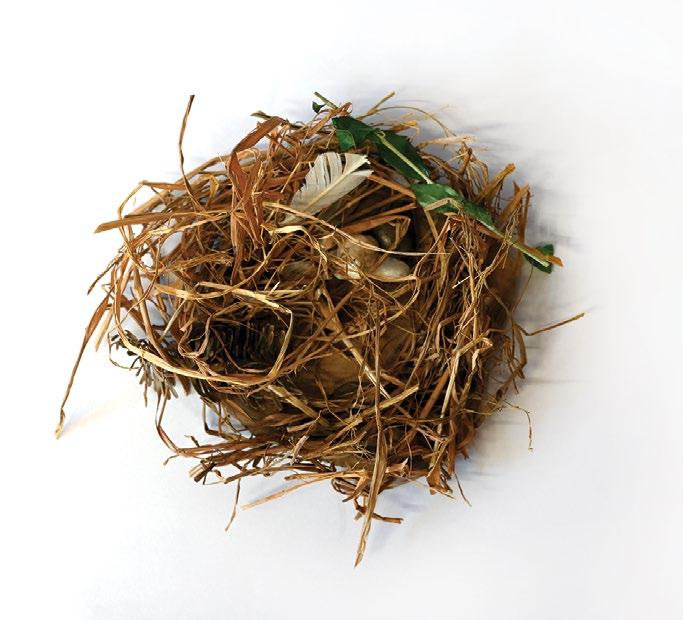
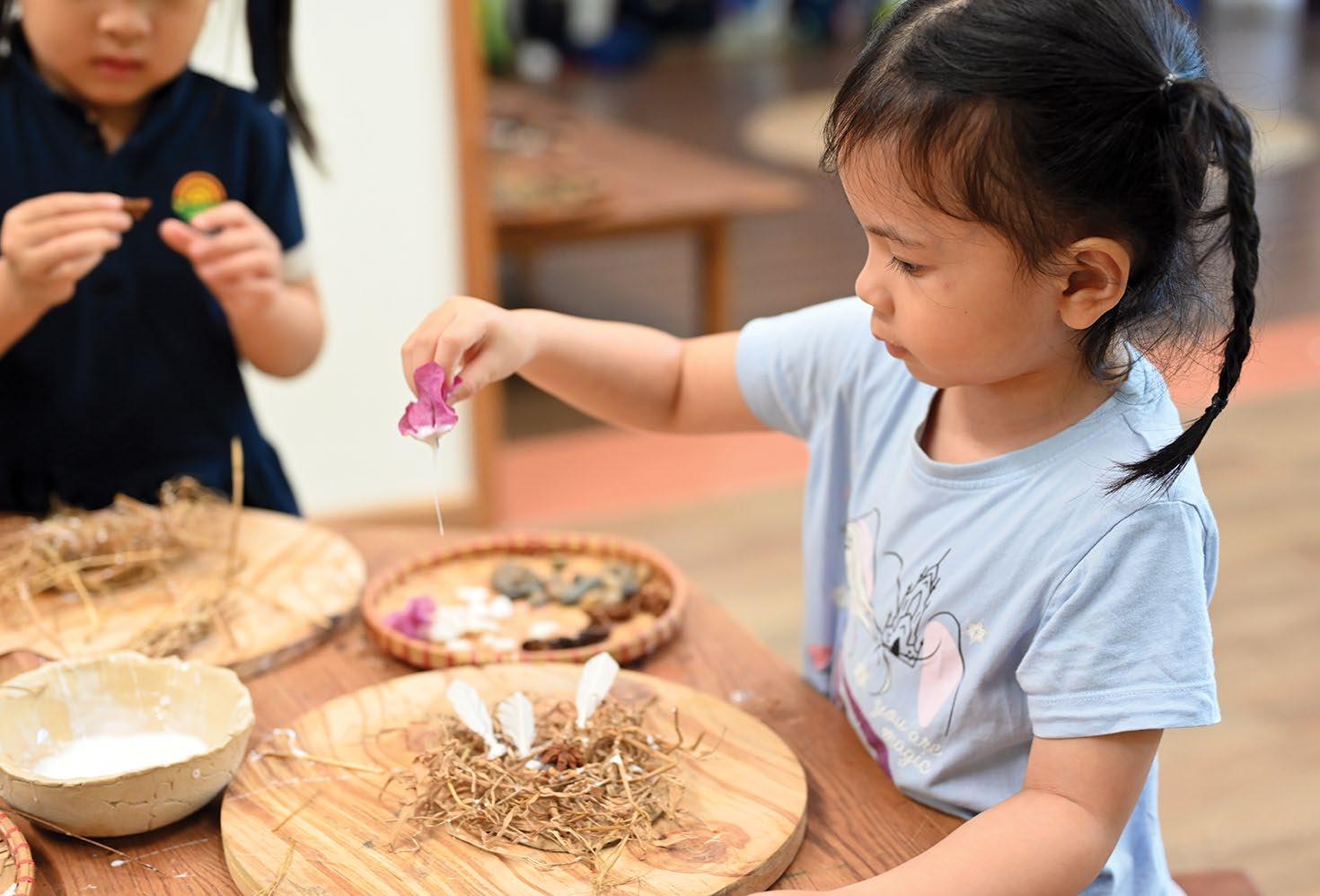
After building our nests, we discussed the family dynamics and life cycle of birds, how do birds reproduce?
“They lay eggs.” - Hieu Van
"The birds use straw to make the nest. They need to collect things. They need to build first then the baby come out. They use the beak to hatch the egg." - Nick
“They sit on the egg to keep it warm.” - Kaleb
“The mommy bird and daddy bird take care of the egg.” - Lana
"The eagle fly very high and little bird can't fly. Then the wings go longer longer like the big eagle, and it can fly" - Minh
We chose clay as the next medium for which we would use to sculpt our own eggs to put in our nests.
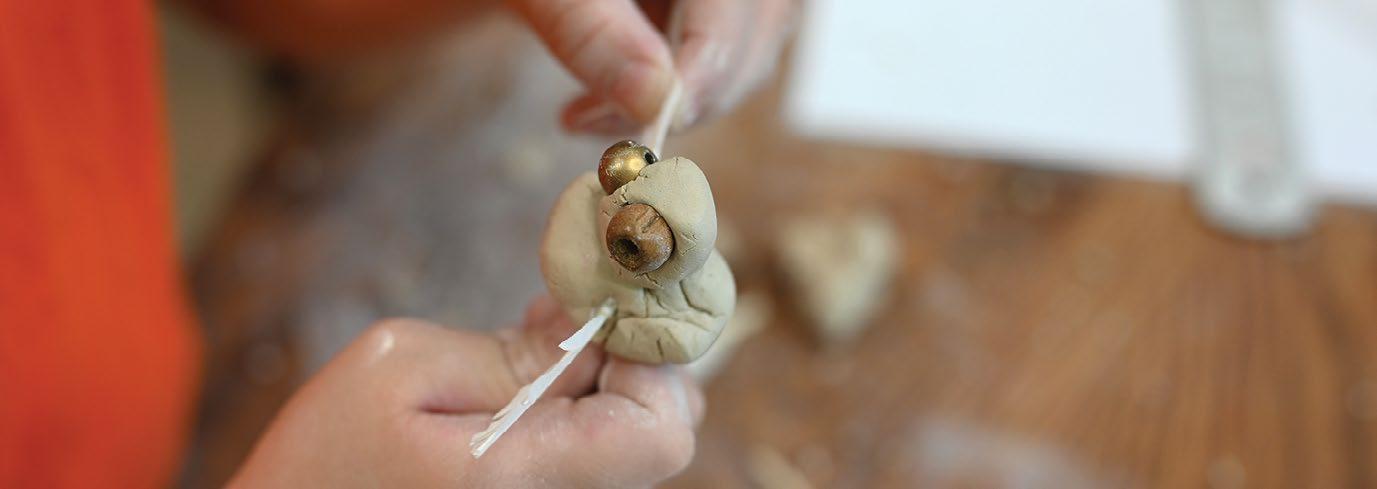
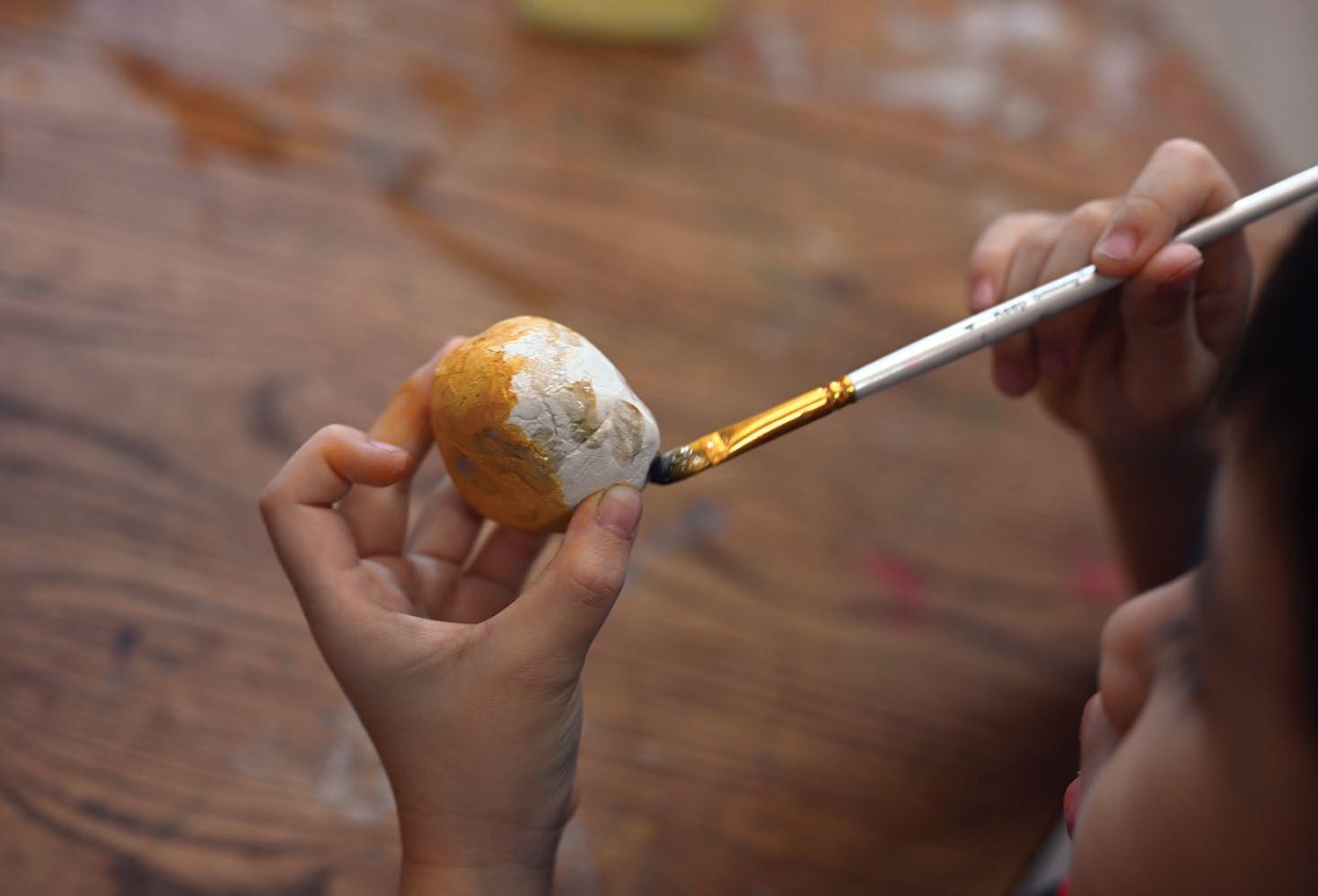
The final step of our journey was to put all the pieces together. This was no easy task and required a lot of patience, perseverance, determination and bravery. You all took your time to construct your masterpieces and showed your ability to approach challenges and overcome them with ease.
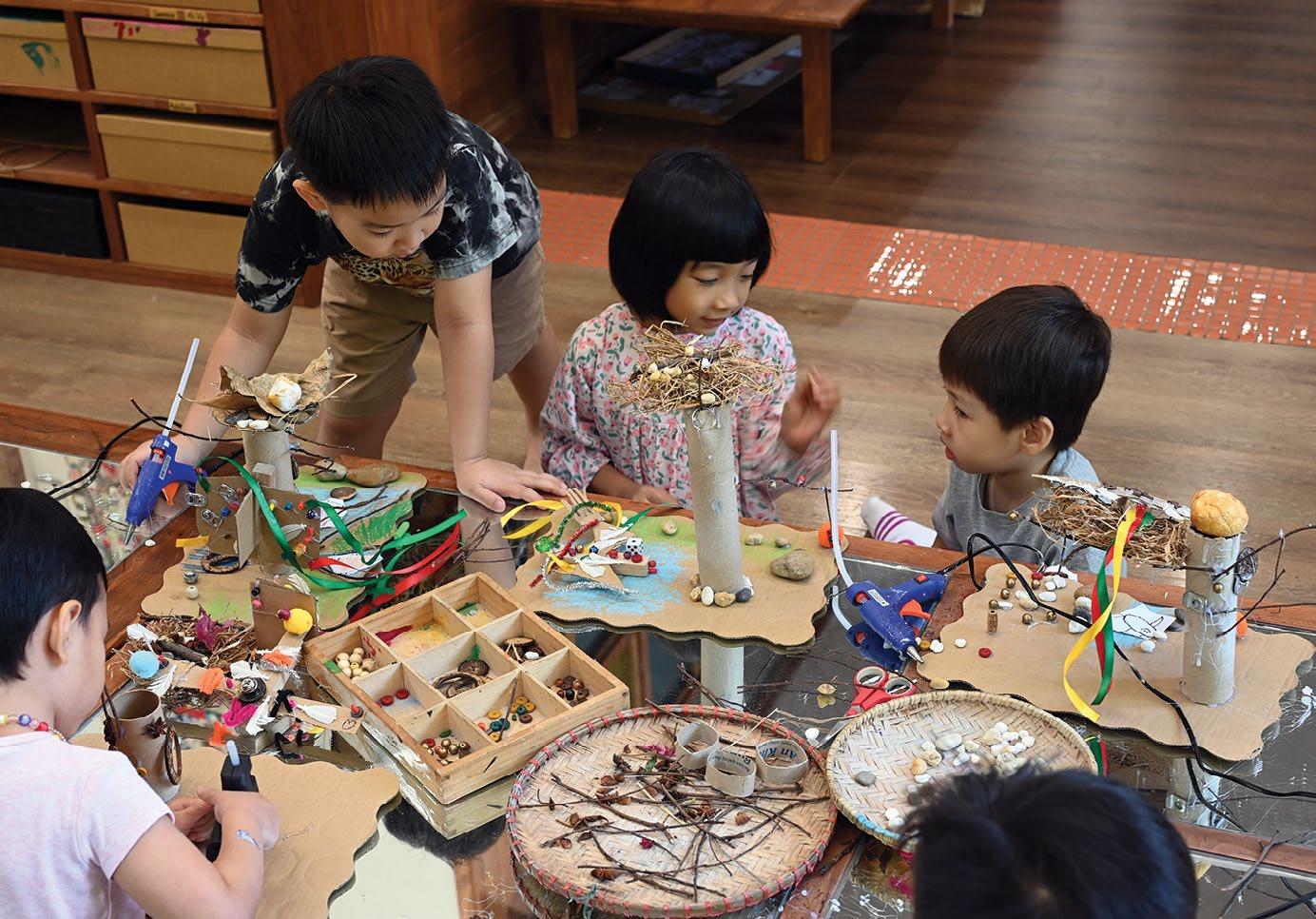
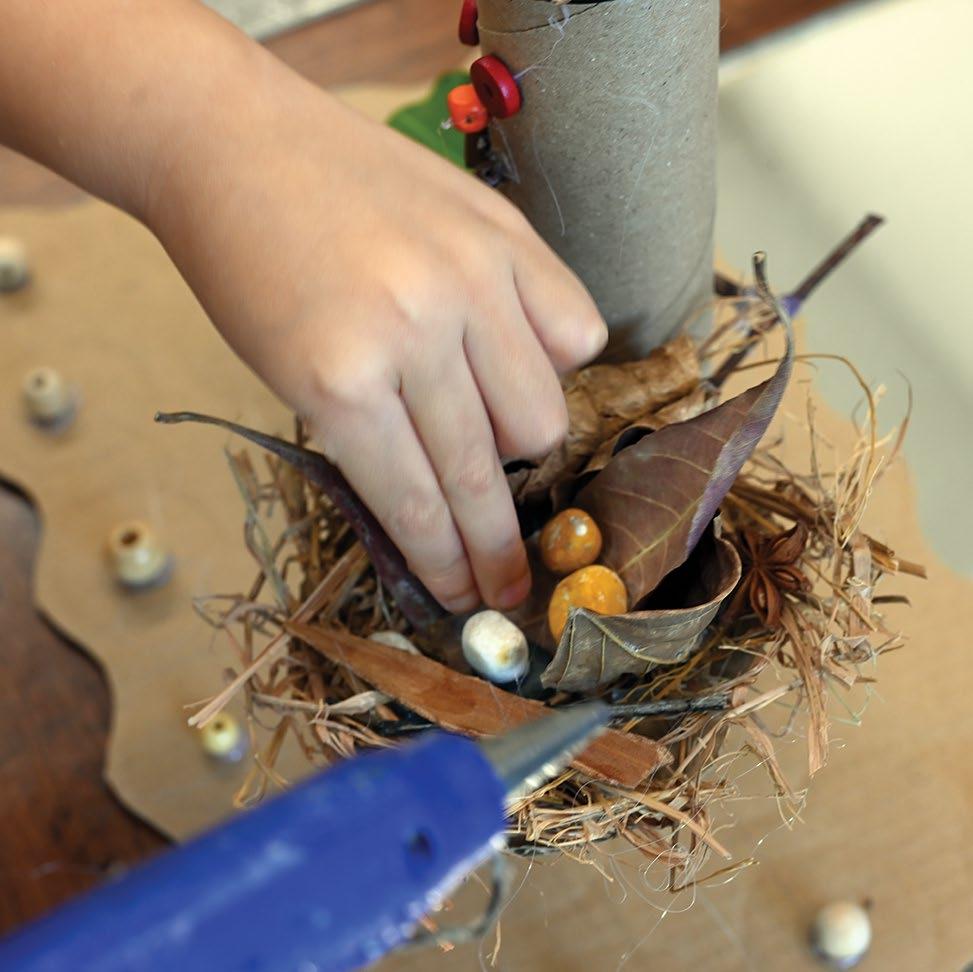
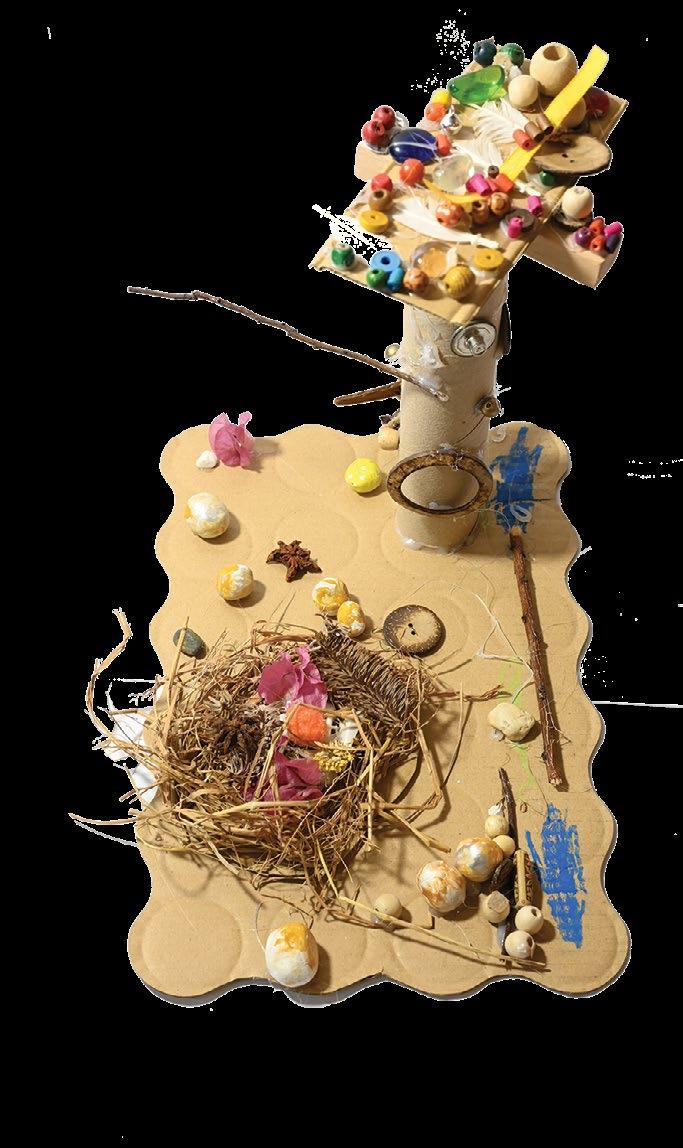
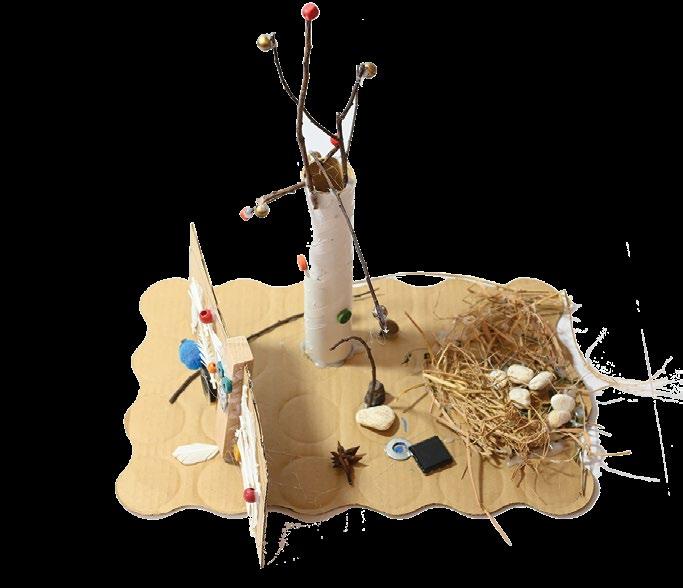


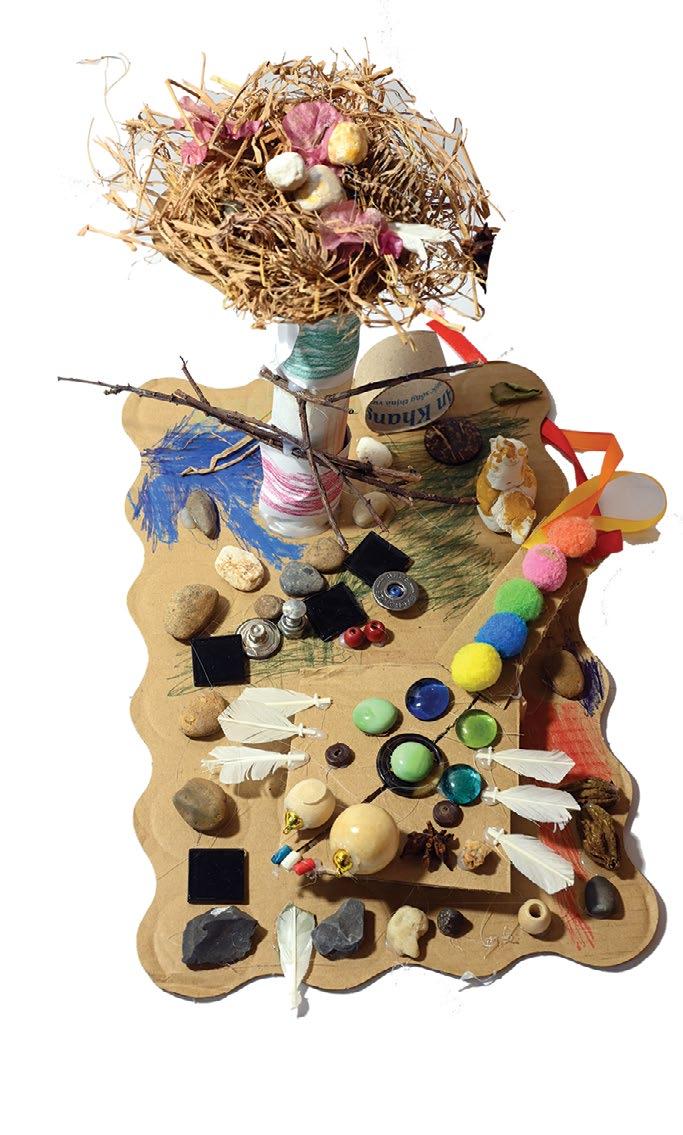
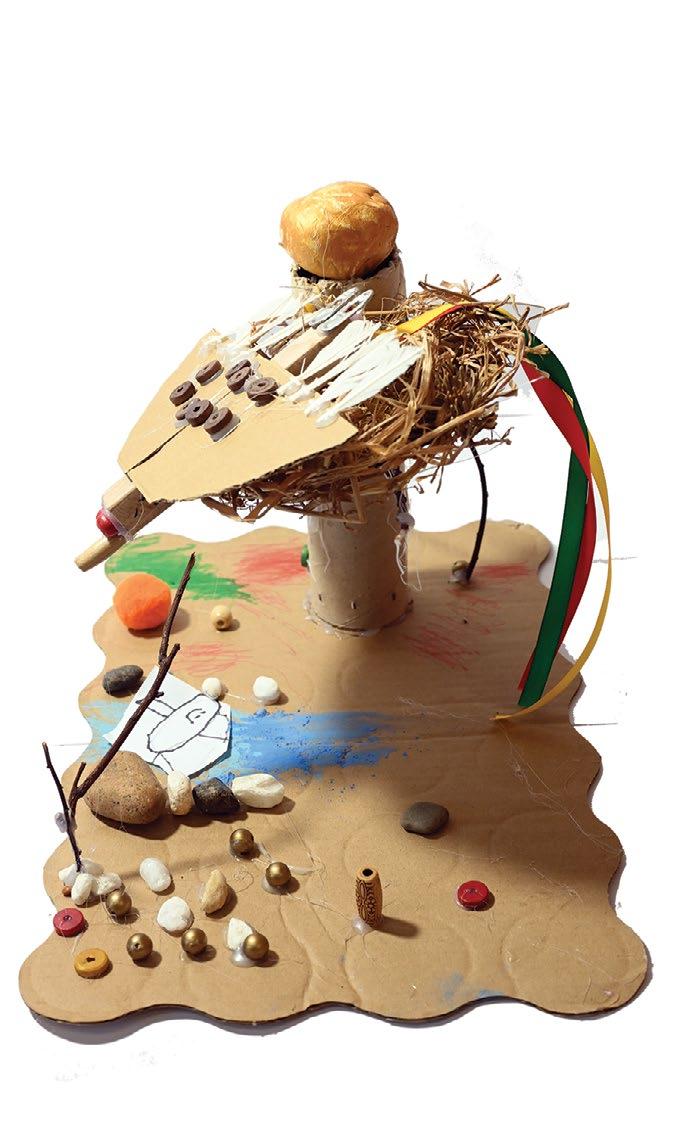

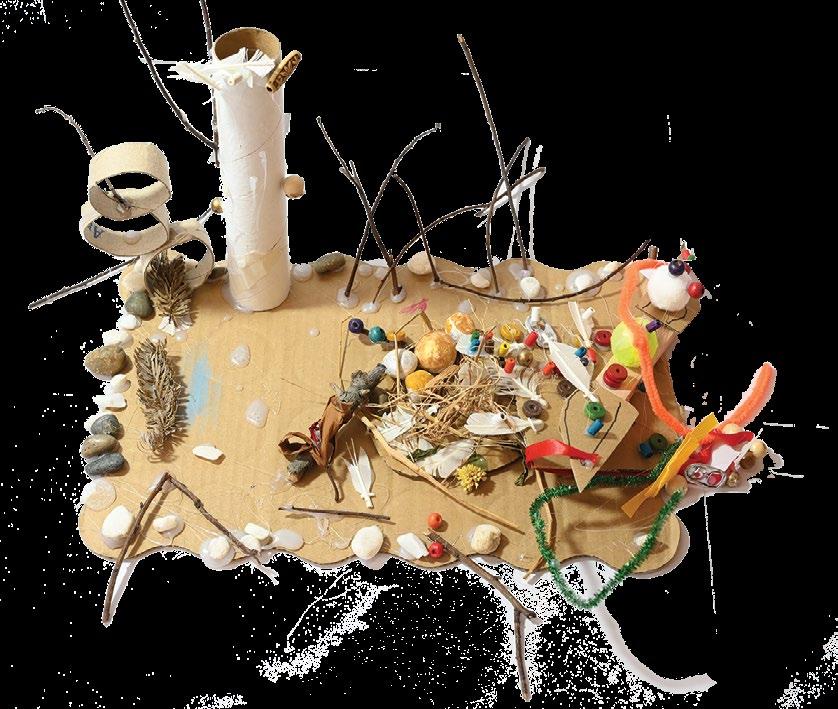
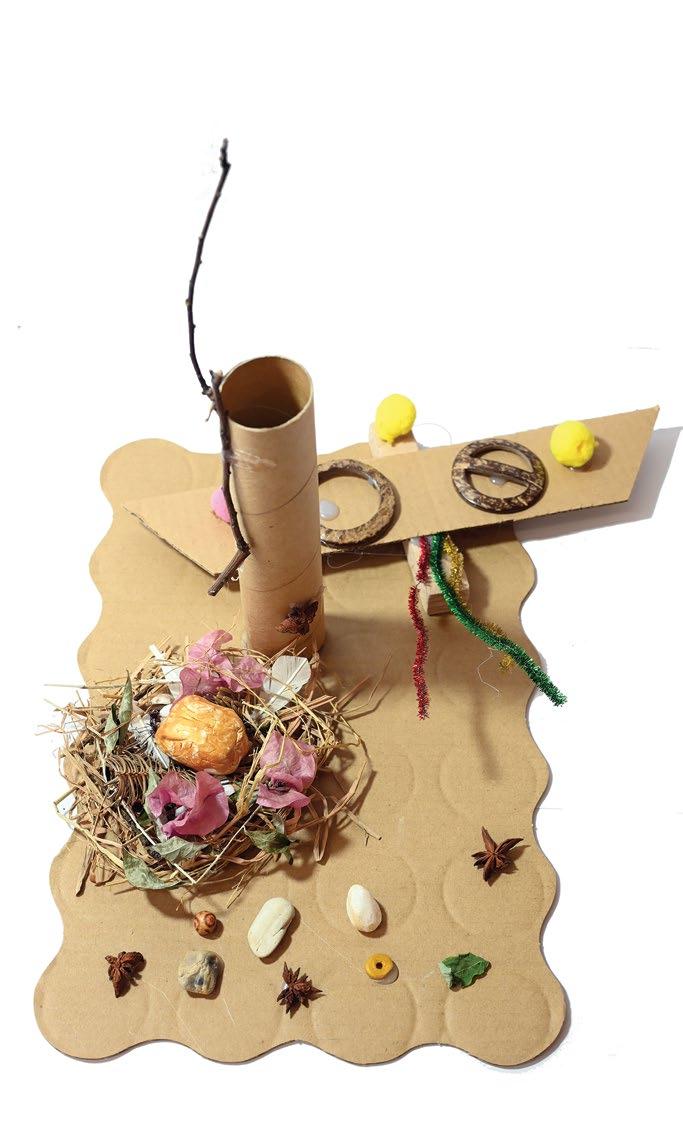
This long-term, deep investigation into birds, machines and the art of flight was meaningful for all involved. You gained new knowledge and understanding of both the human and the natural world, learning more about the mechanics of life that exist all around us. Along this journey, we developed our inner world too. Through various explorations, we developed ways in which we express ourselves, evident in how we learnt to construct conversations with more complex questions and answers and how we articulated our new ideas and linked them to old knowledge. Not only this, but we developed our artistic expression too. Through our eagerness to materialize our ideas, we extensively used a range of materials and provided you with opportunities to create, play and learn. Your teachers are incredibly proud of you all and we feel privileged to have gone on this magical journey with you.
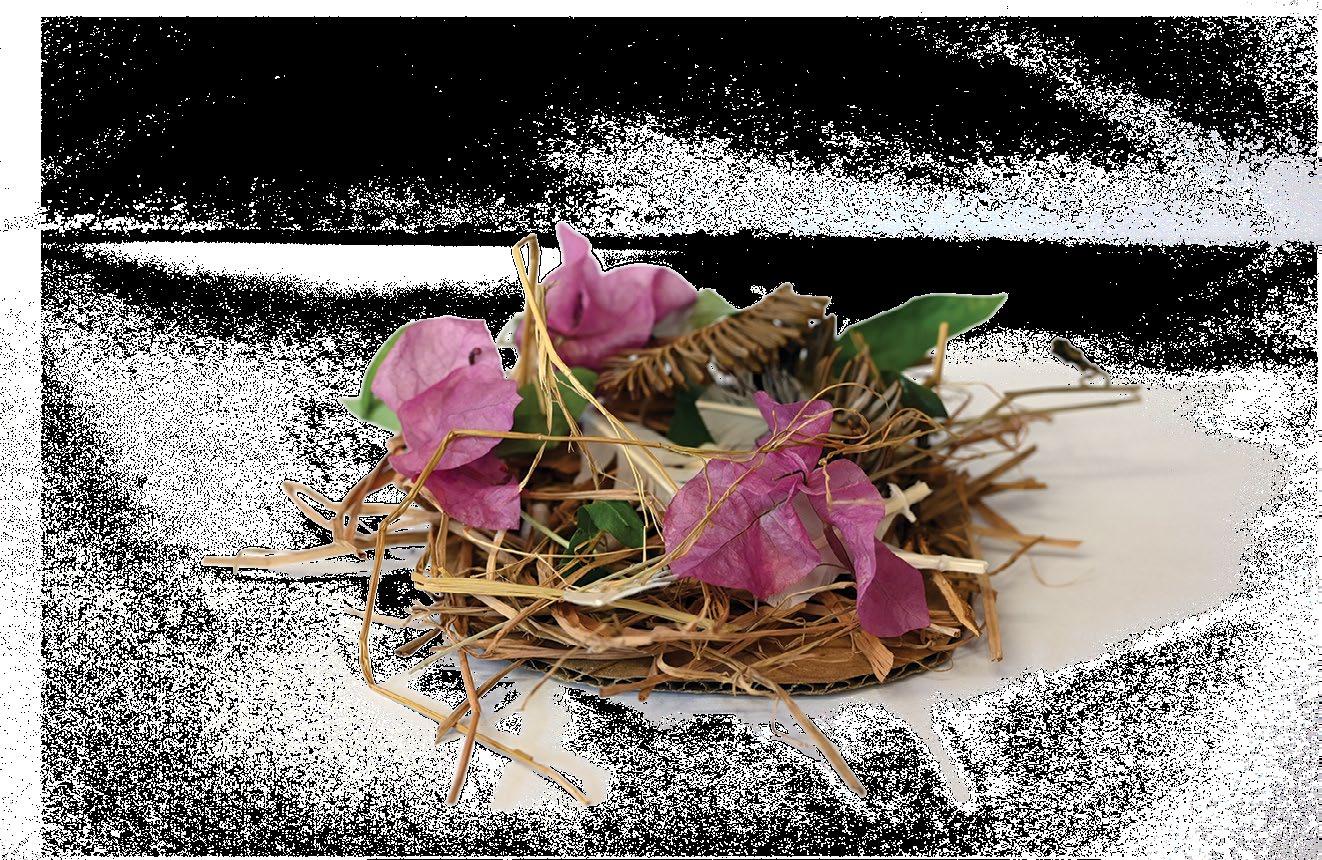
Nara
Researchers
Achilleas
Ai Vy
Ayaki
Harry
Hieu Van
Teachers
Mr. Adrian (Lead Teacher)
Ms. Annie (Co-Teacher)
Ms. Thanh (Co-Teacher)
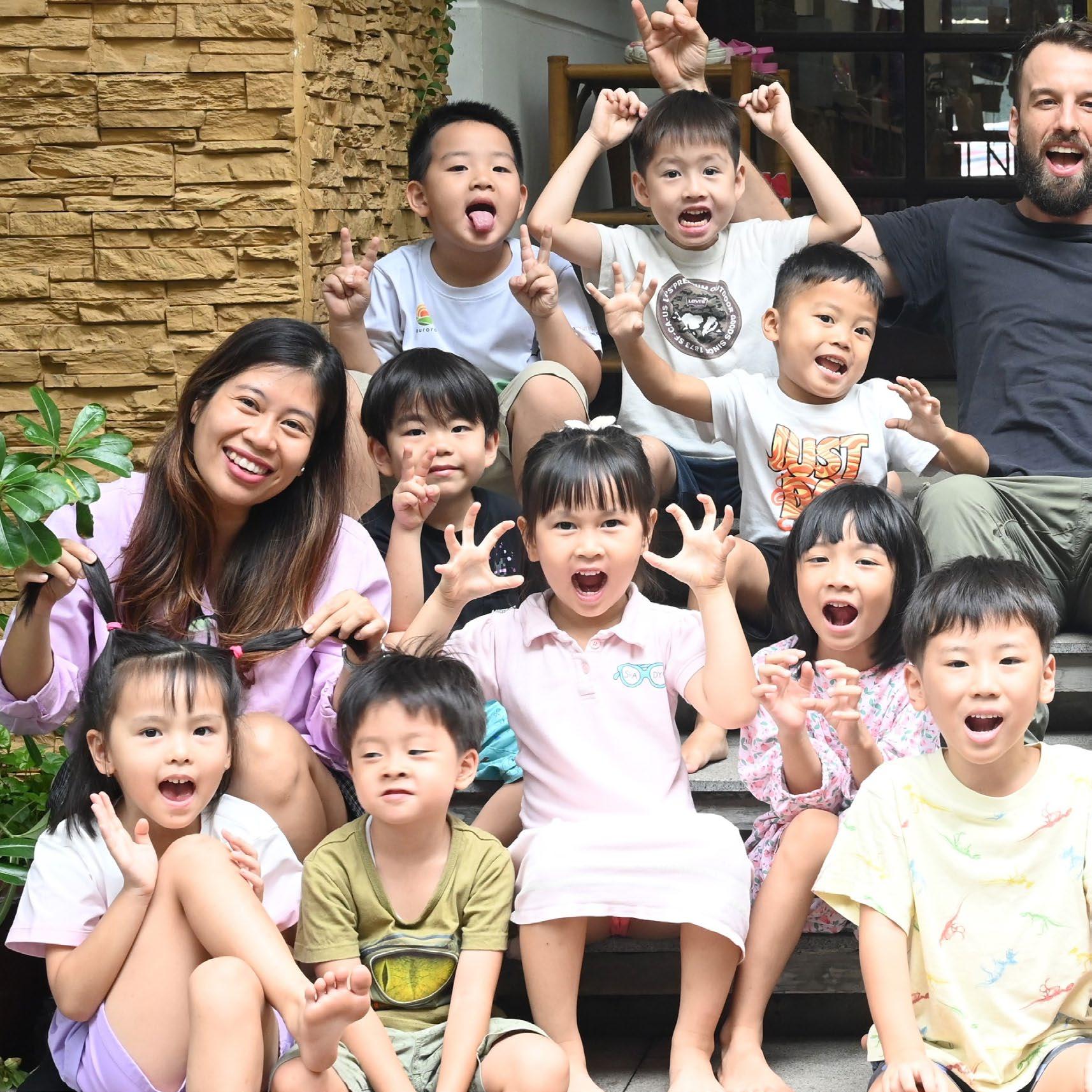
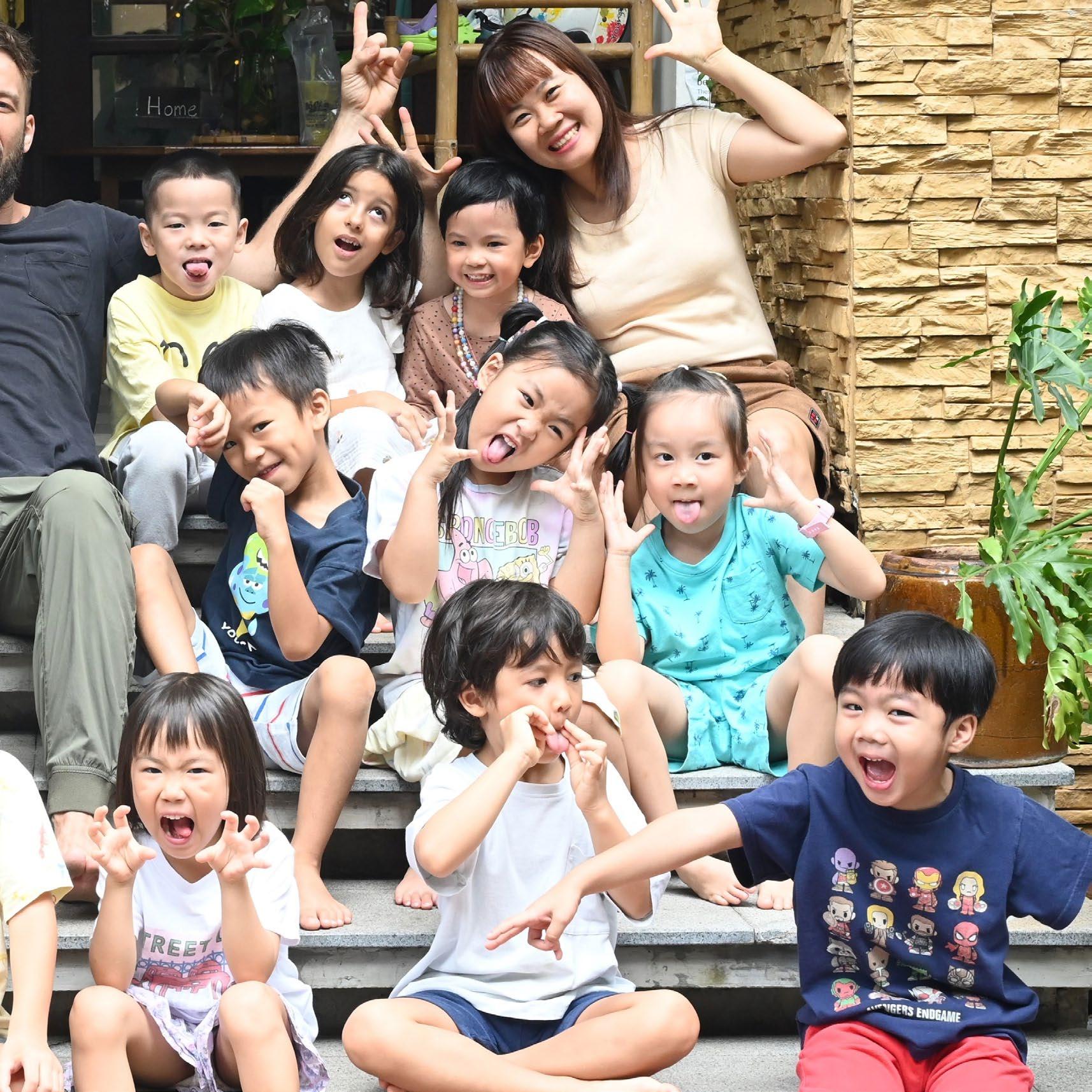
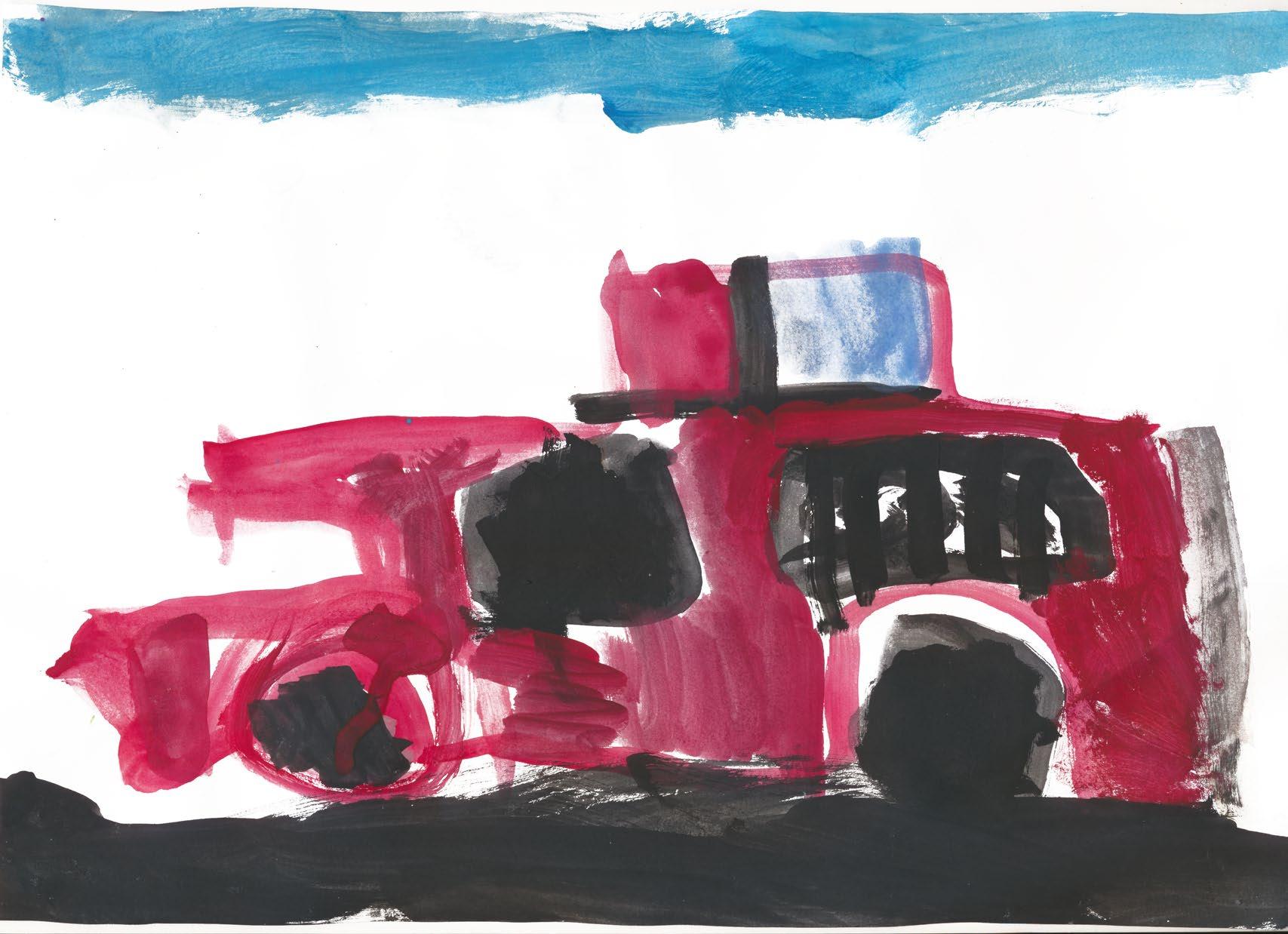
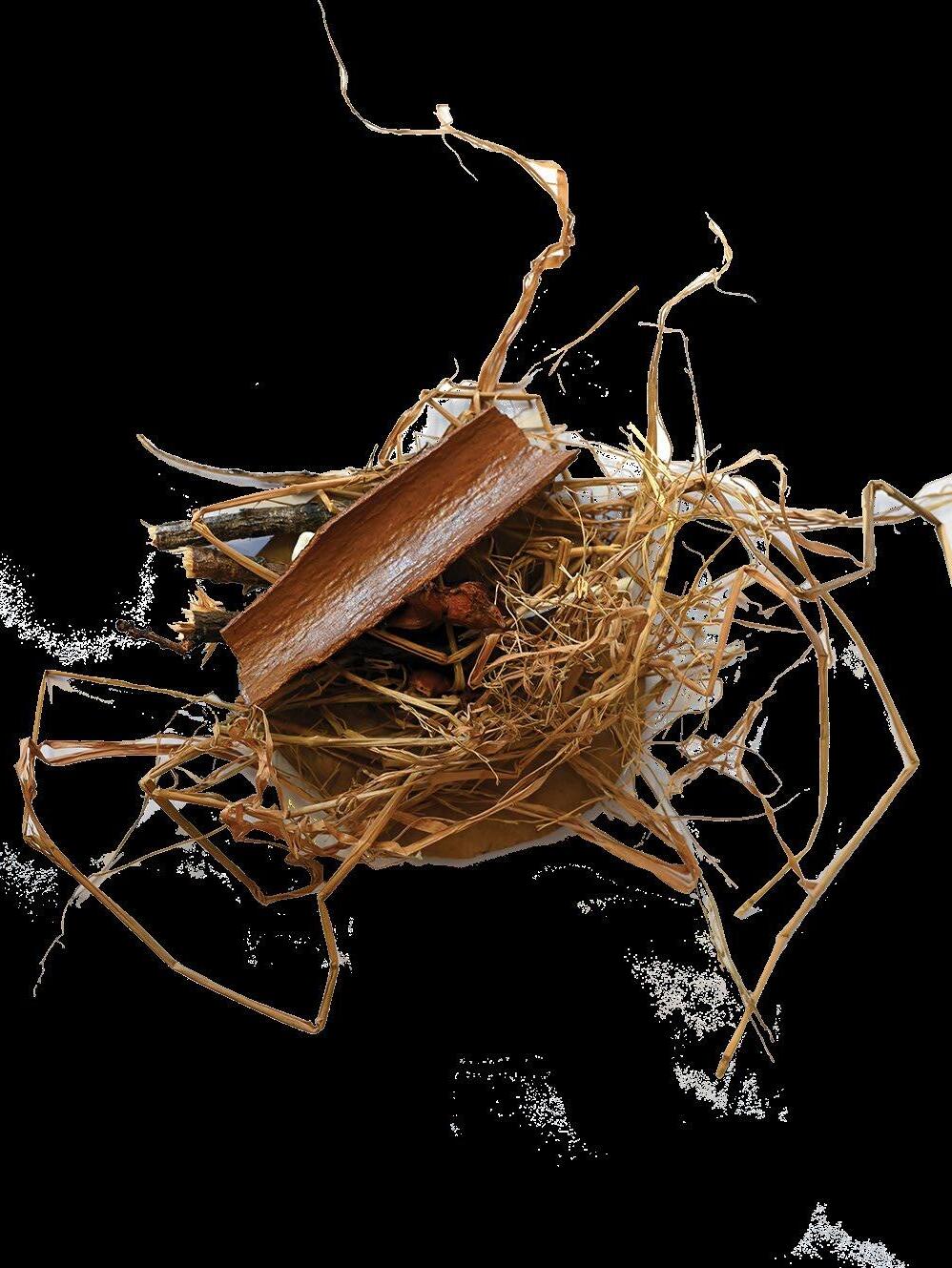
Copyright 2024 Aurora International School Of The Arts Spring Hill Education Vietnam. Primavera Aurora All rights reserved.
11-11A-13-15 Tran Ngoc Dien, Thao Dien Ward, Thu Duc City, Ho Chi Minh City, Vietnam. +84 (028) 3744 2991 / +84 (0) 982 012 860 info@auroraschool.vn www.auroraschool.vn Scholastic Year 2023/2024


